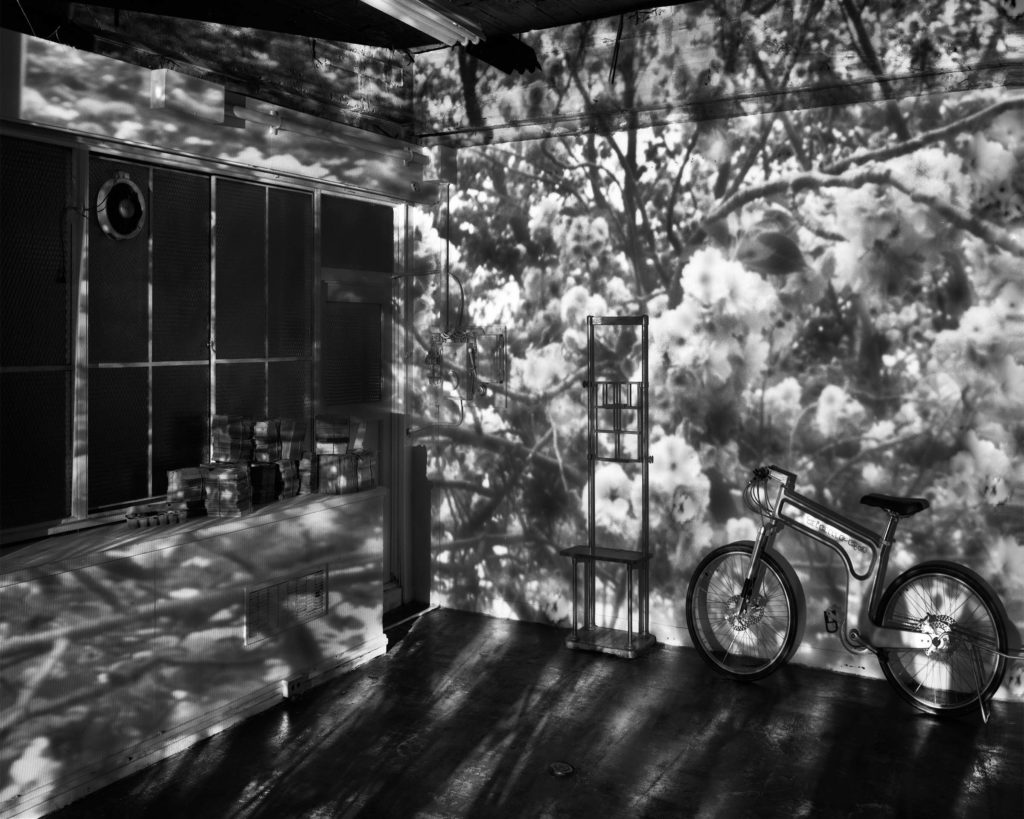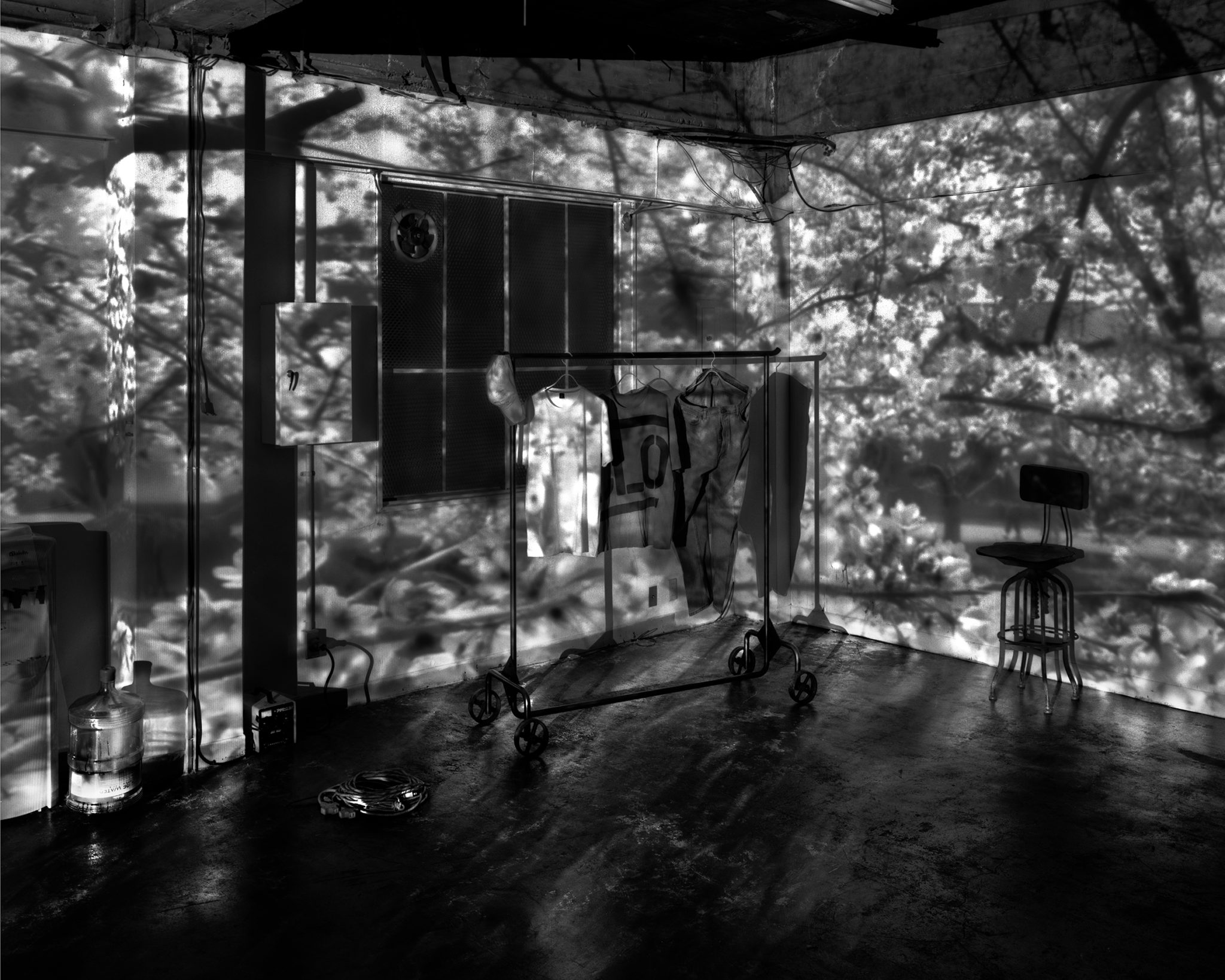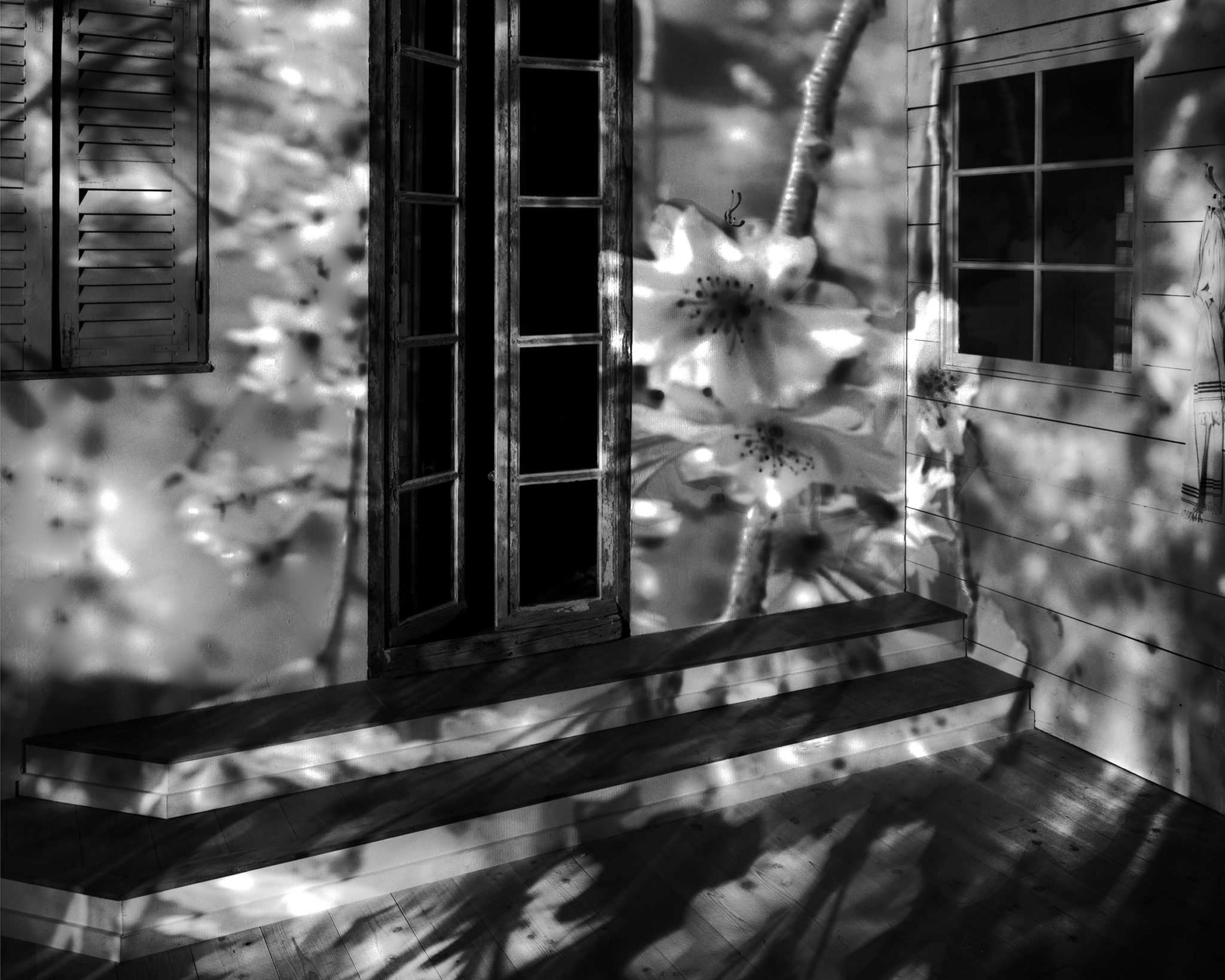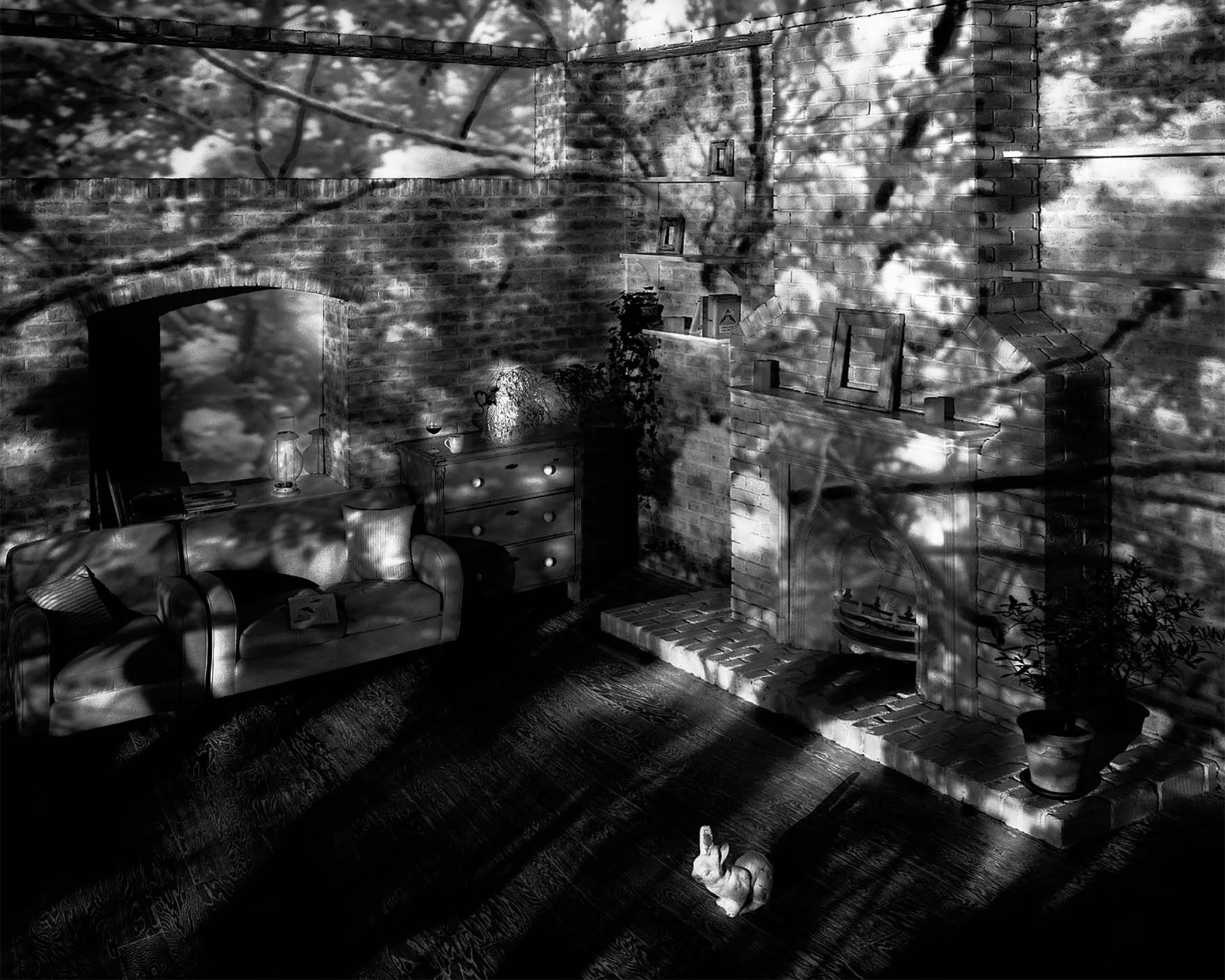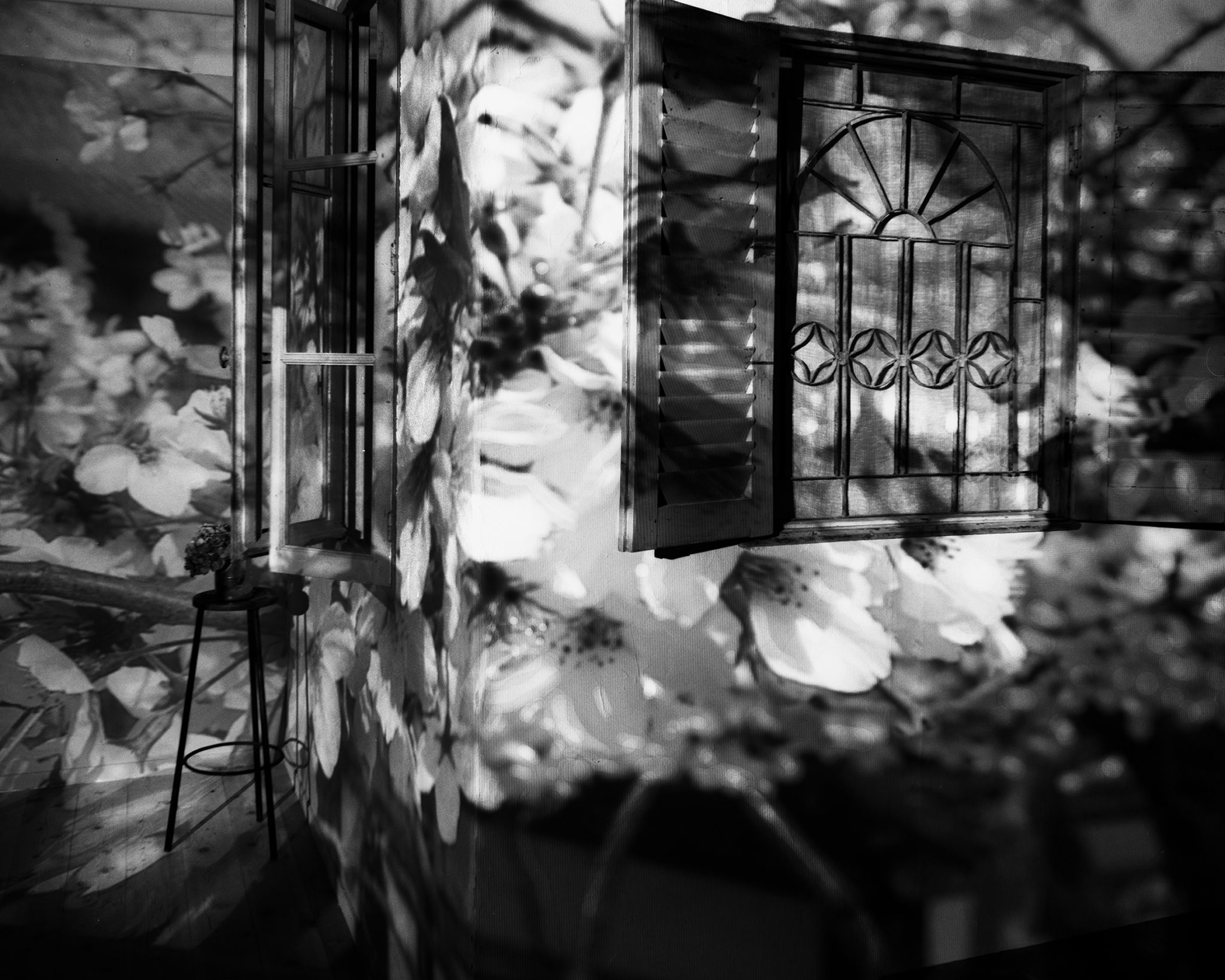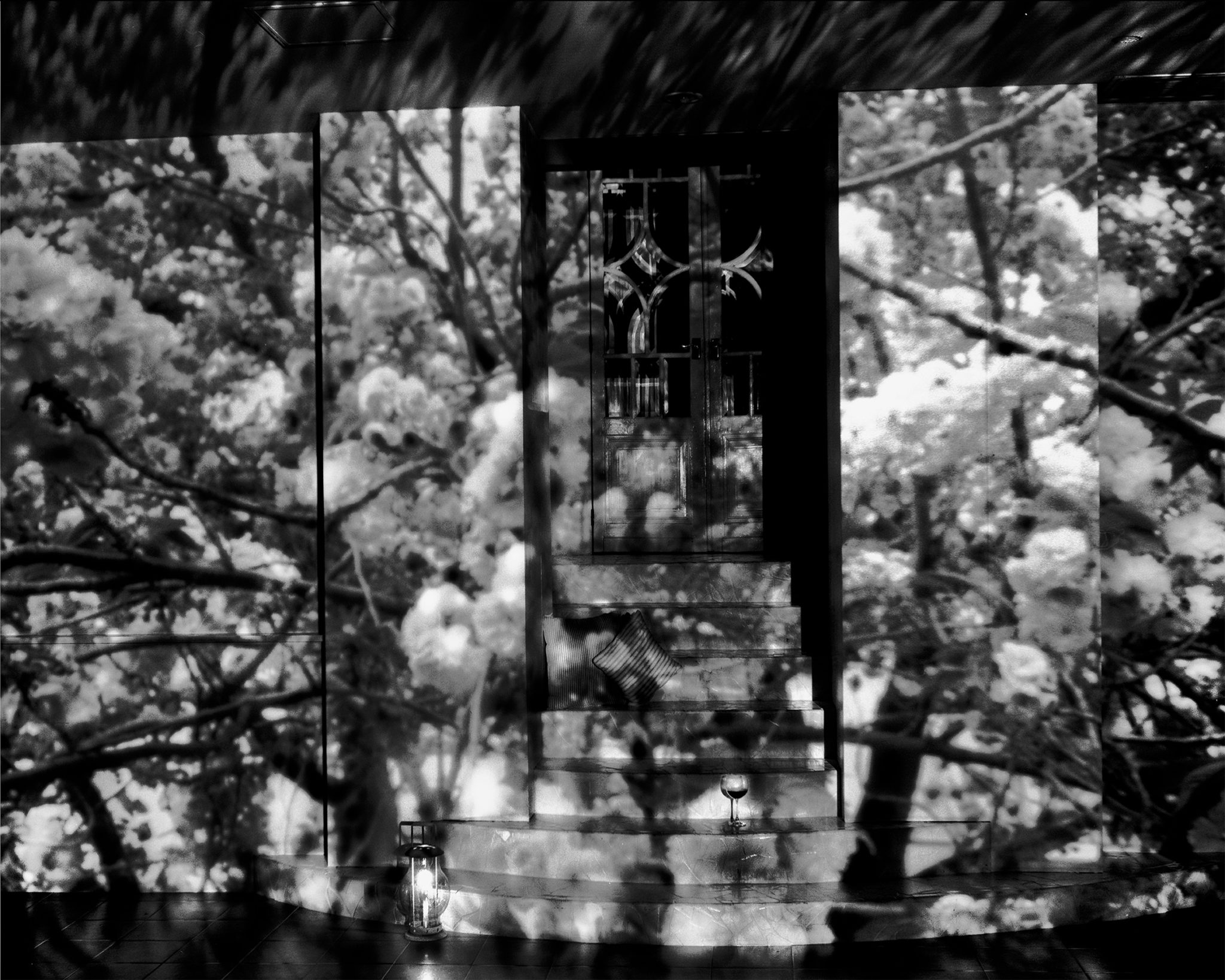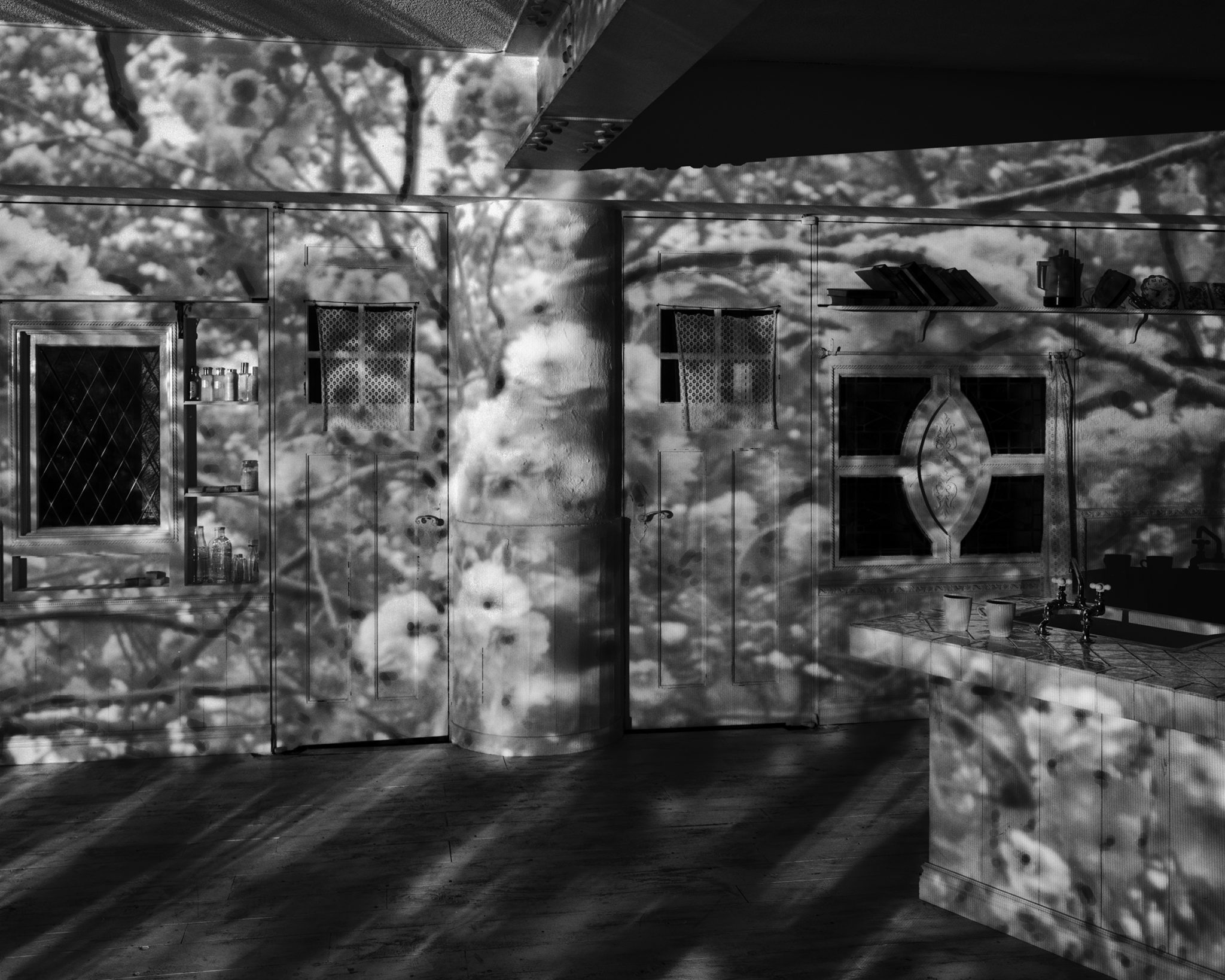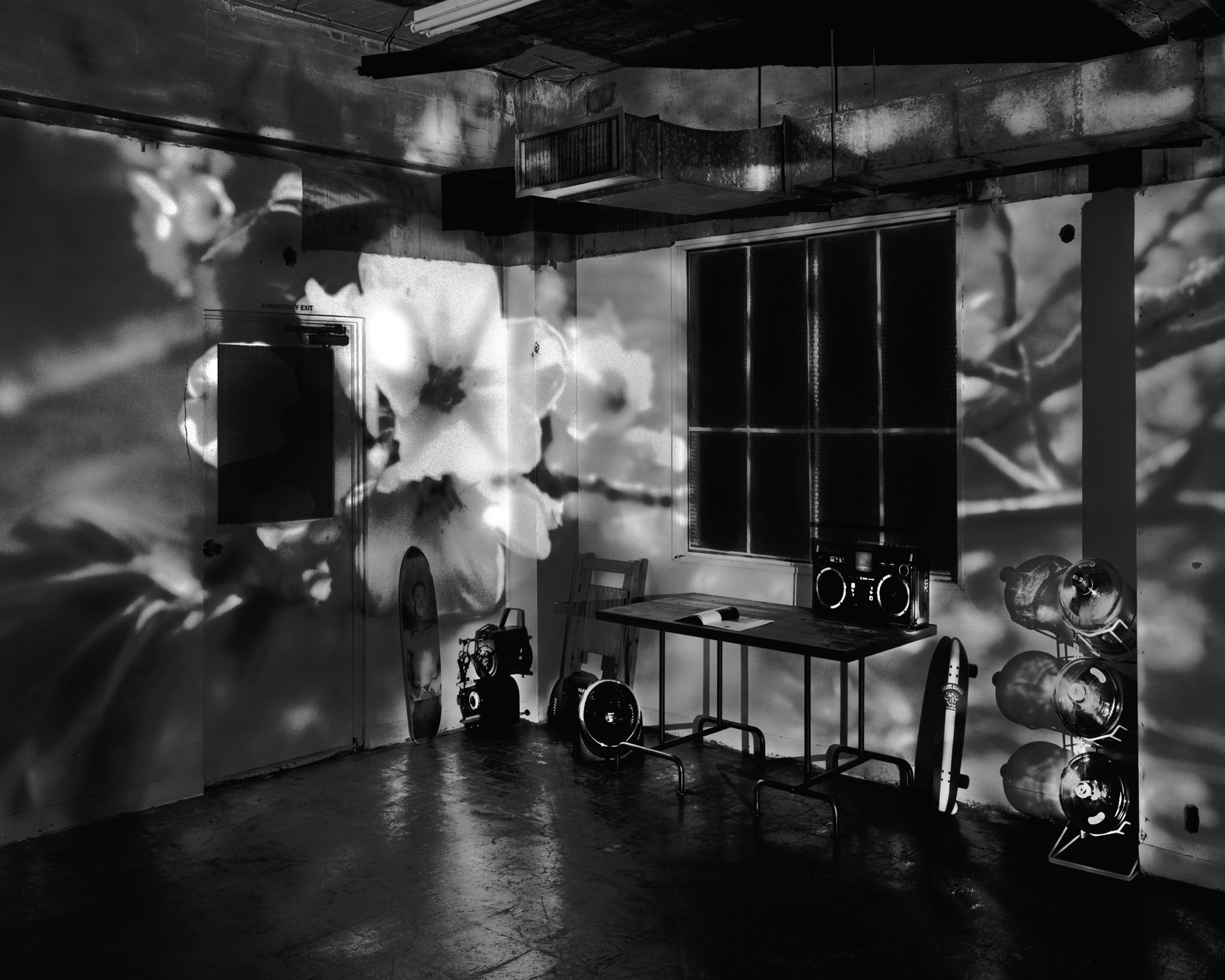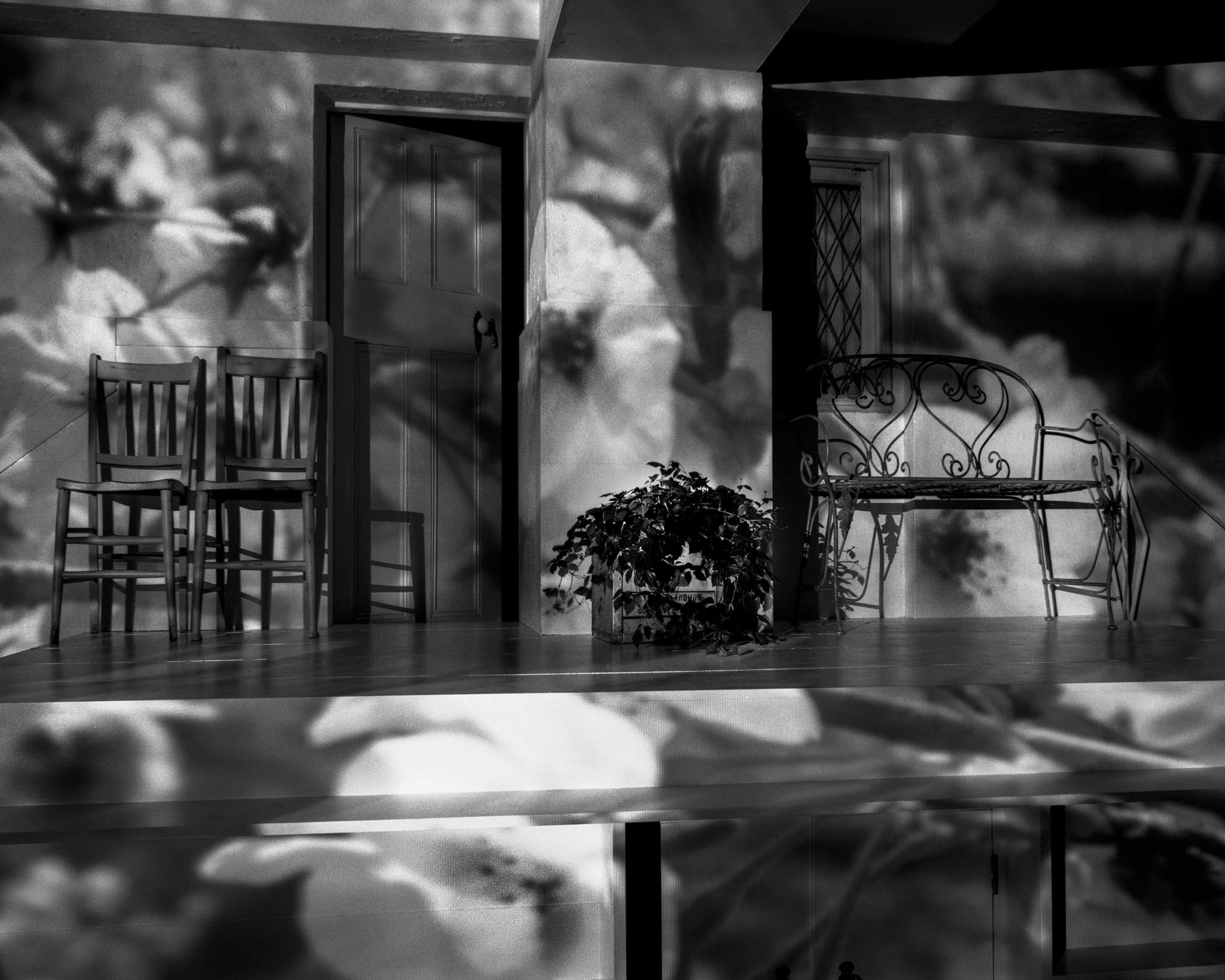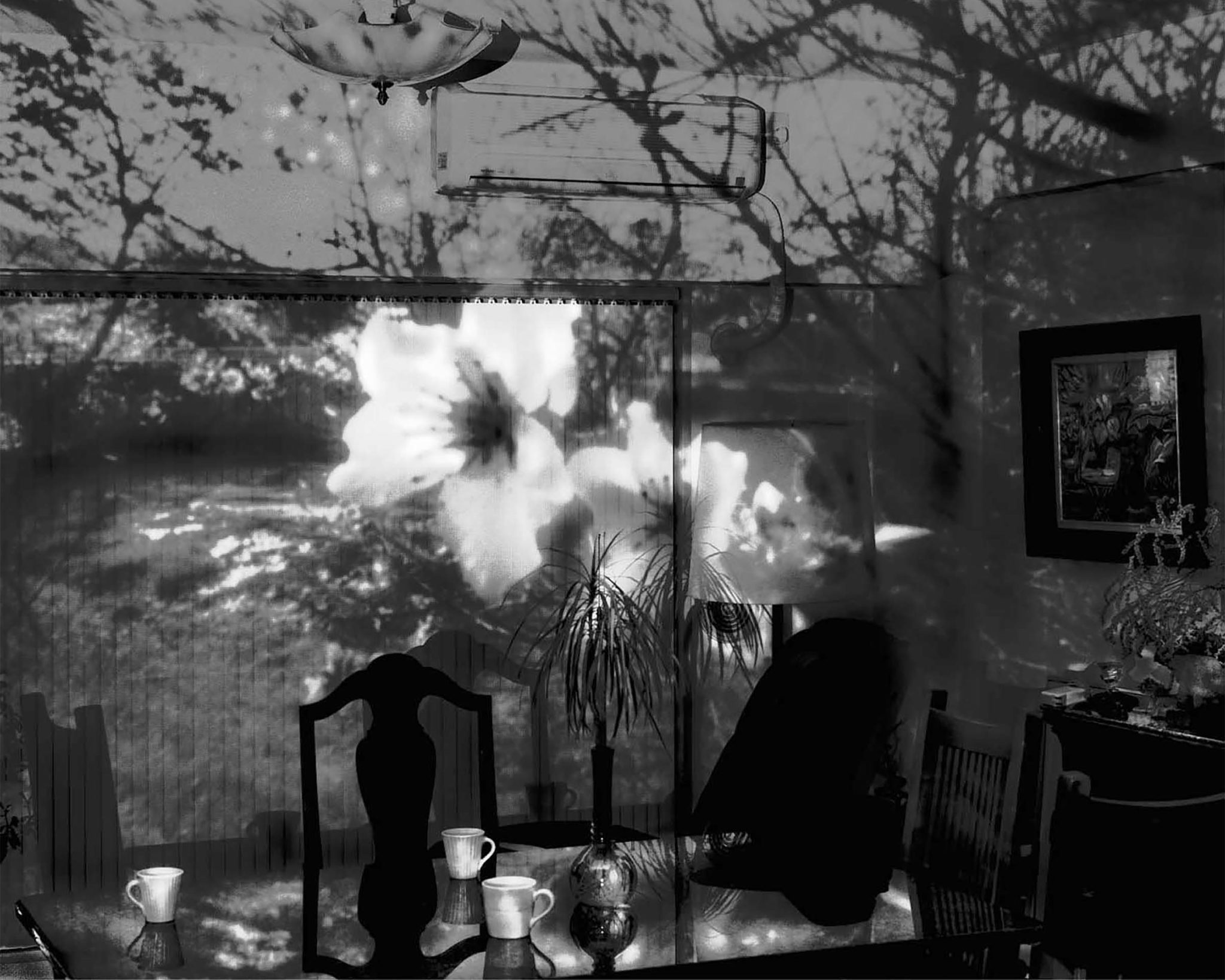ARAMAS@ 'SAKURA
These beautiful pictures of blossoming cherry trees by Taku Aramasa are wonderfully fresh and inventive. To those of us who admire Japanese culture but who live outside it these photographs also represent something we recognize as “Japanese”. They are gorgeous, exuberant but also fragile and thus a little sad. It is important that the subject is the cherry blossom, for admiring these blossoms is a national obsession. In Japan, every year at the expected time, maps are printed in newspapers, and discussion occurs on the weather stations of the national television channels about when the optimum moment for viewing these flowers is projected, as the blooms open earlier in the southern part of the country and gradually proceed northwards.
During the last period of military expansion from the 1930’s and ending, terribly in 1945, the ruling powers in Japan politicized the ancient Shinto practice. The Yasukuni shrine in Tokyo, mostly identified with the last World War, is essentially a monument to those soldiers who died for the country’s military ambitions. The cherry trees at Yasukuni are numerous and graceful, and symbolize the brief but beautiful life of those young soldiers who died in the service of their country’s dreams of power. Since the war, and certainly before it, the fragile and fleeting cherry blossom has been identified with Japanese culture in a larger sense; it reflects a cult of the beautiful, and a profound belief in nature as a relief from and explanation of complex change.
Aramasa’s pictures are made with a pinhole lens, that is, they are made with a tiny spot of light that enters the camera through a small hole, not a normal lens. This is the most basic, the most essential camera image and the phenomenon that led to the optical and chemical advances of modern photography. The ancients knew that a speck of light entering a dark room would render a vision of the scene outside on the opposite wall the shadowy figures of Plato’s cave may be such a description. This primitive methodology, however, has been used by a sophisticated artist, one who appreciates and emphasizes the inherent spatial distortions and the particularly crepuscular light such a lens provides. These qualities impart a sense of the magic, the spectral, even the ancient. They are also entirely, wonderfully unique.
Aramasa is a talented and knowing artist, whose main interest in photography has been to understand modern Japan as a country and a culture. Earlier, he photographed Japanese immigration: to China, to South America and to the United States. His pictures of the deserted internment camps where Japanese Americans lived through the past World War are photographs of great integrity and humanity. More recently he has made pictures examining the Japanese shoreline. These pictures of the ancient ritual of the Japanese: looking at and admiring the annual display nature provides, are another form of inquiry into Japanese culture, ancient and modern.
During the last period of military expansion from the 1930’s and ending, terribly in 1945, the ruling powers in Japan politicized the ancient Shinto practice. The Yasukuni shrine in Tokyo, mostly identified with the last World War, is essentially a monument to those soldiers who died for the country’s military ambitions. The cherry trees at Yasukuni are numerous and graceful, and symbolize the brief but beautiful life of those young soldiers who died in the service of their country’s dreams of power. Since the war, and certainly before it, the fragile and fleeting cherry blossom has been identified with Japanese culture in a larger sense; it reflects a cult of the beautiful, and a profound belief in nature as a relief from and explanation of complex change.
Aramasa’s pictures are made with a pinhole lens, that is, they are made with a tiny spot of light that enters the camera through a small hole, not a normal lens. This is the most basic, the most essential camera image and the phenomenon that led to the optical and chemical advances of modern photography. The ancients knew that a speck of light entering a dark room would render a vision of the scene outside on the opposite wall the shadowy figures of Plato’s cave may be such a description. This primitive methodology, however, has been used by a sophisticated artist, one who appreciates and emphasizes the inherent spatial distortions and the particularly crepuscular light such a lens provides. These qualities impart a sense of the magic, the spectral, even the ancient. They are also entirely, wonderfully unique.
Aramasa is a talented and knowing artist, whose main interest in photography has been to understand modern Japan as a country and a culture. Earlier, he photographed Japanese immigration: to China, to South America and to the United States. His pictures of the deserted internment camps where Japanese Americans lived through the past World War are photographs of great integrity and humanity. More recently he has made pictures examining the Japanese shoreline. These pictures of the ancient ritual of the Japanese: looking at and admiring the annual display nature provides, are another form of inquiry into Japanese culture, ancient and modern.
Sandra S, Phillips (The Senior Curator of Photography at the San Francisco Museum of Modern Art)
ARAMAS@ 'SAKURA -black box-
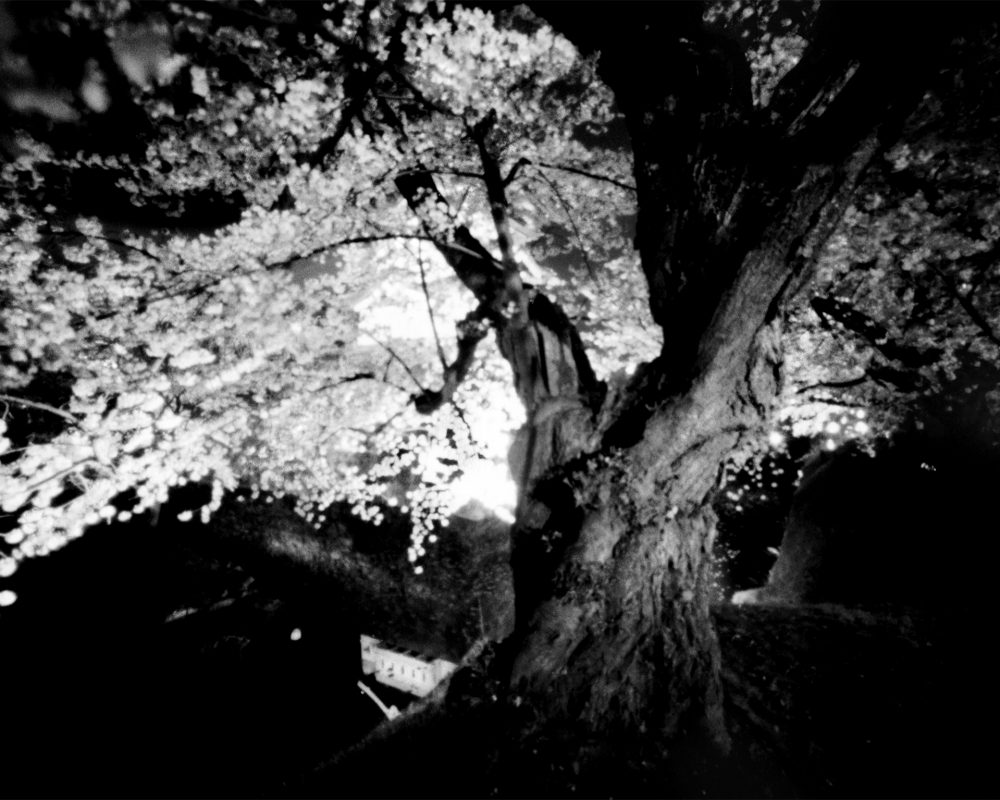
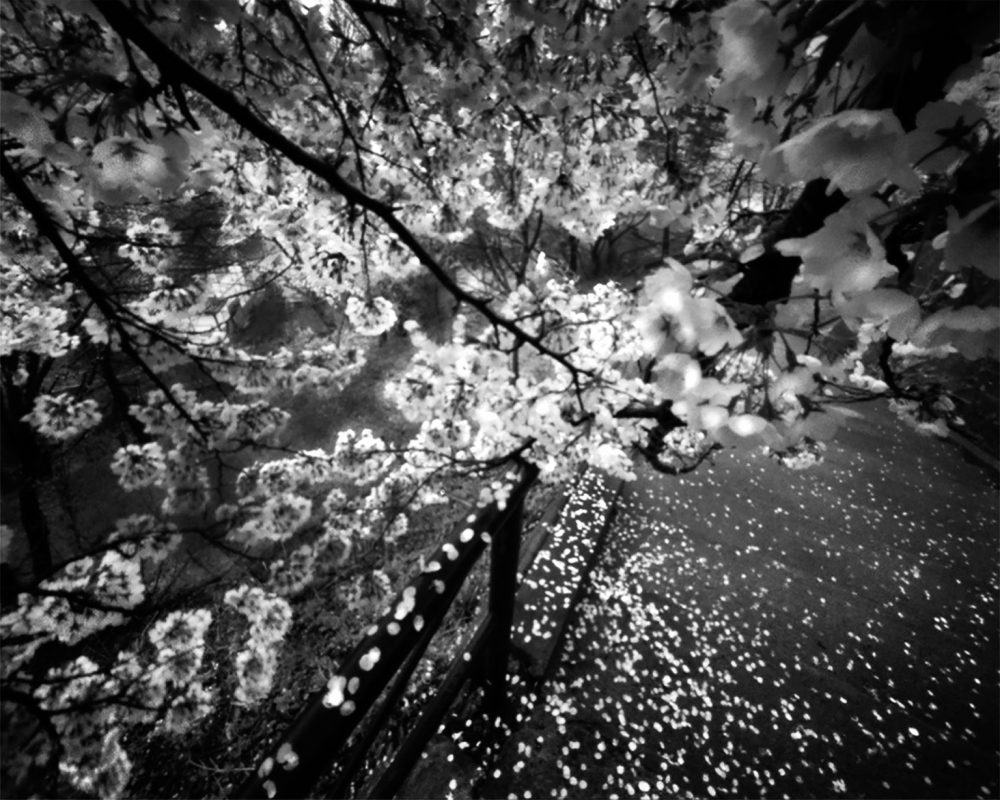
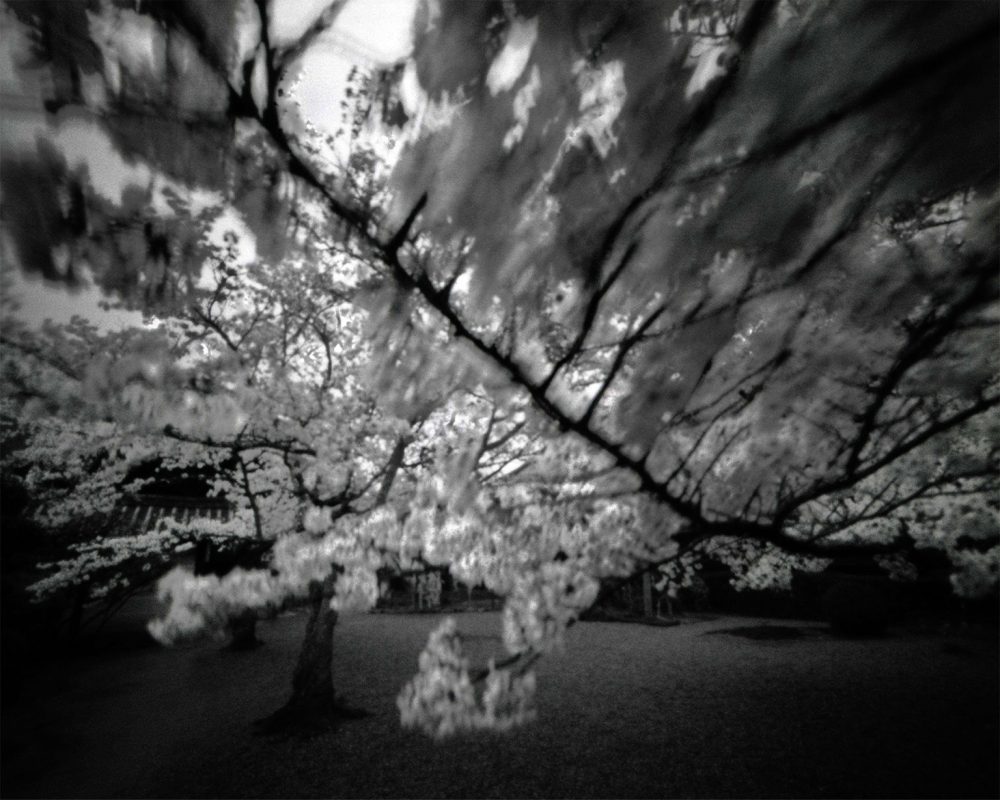
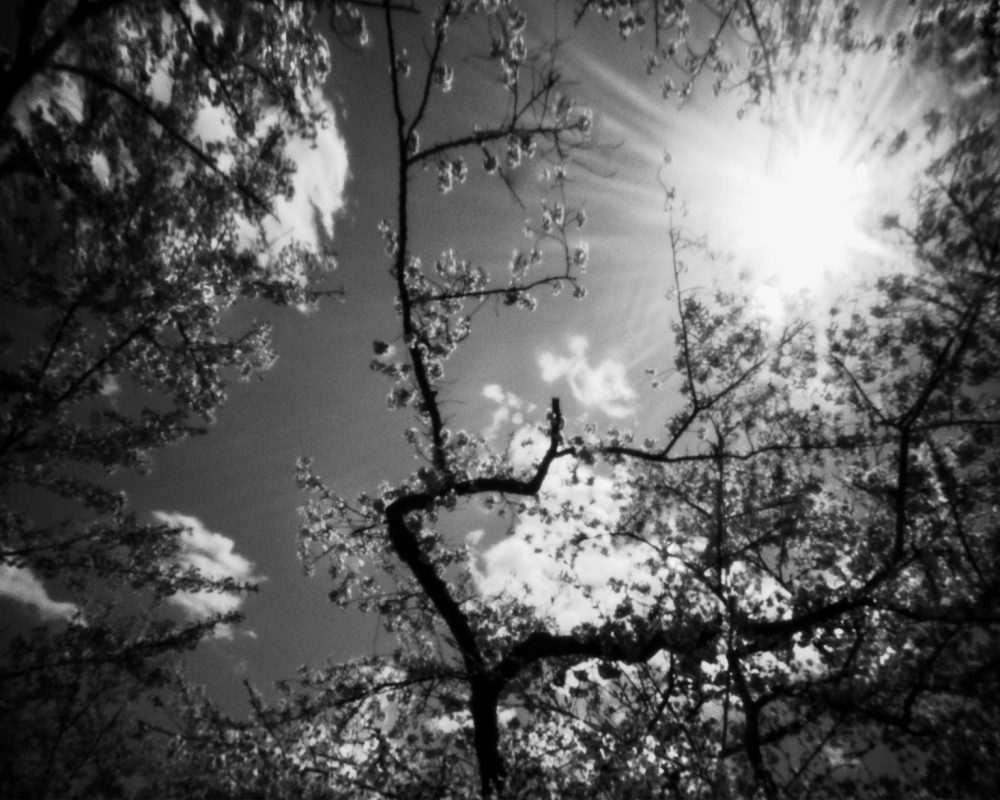
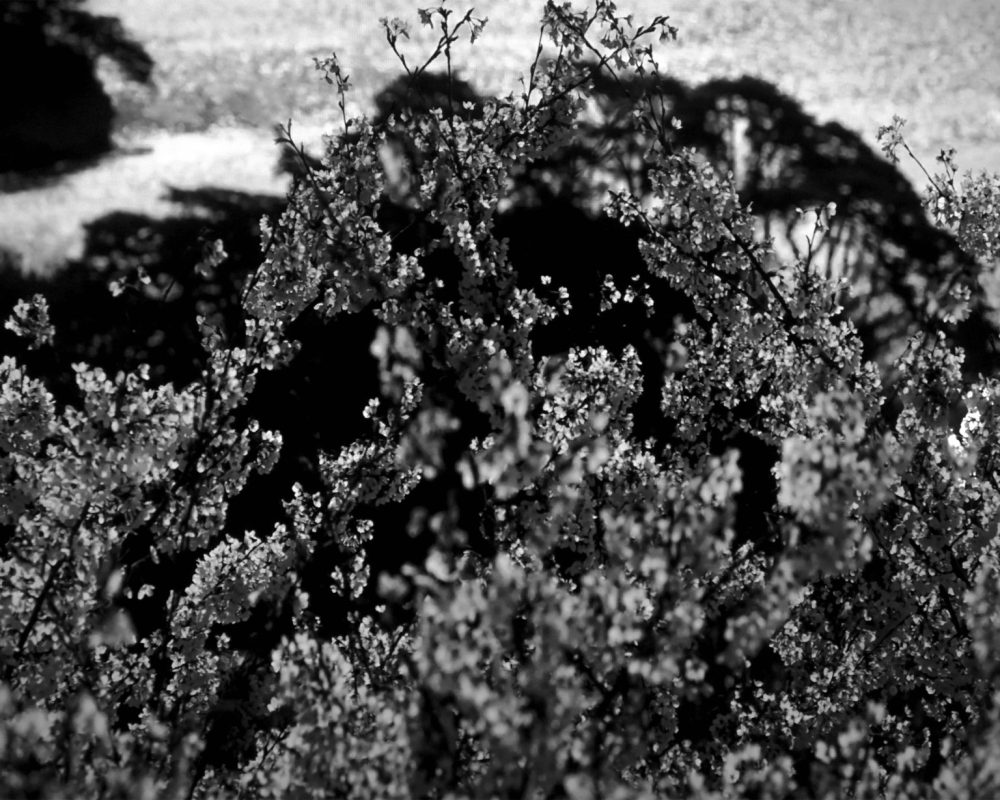
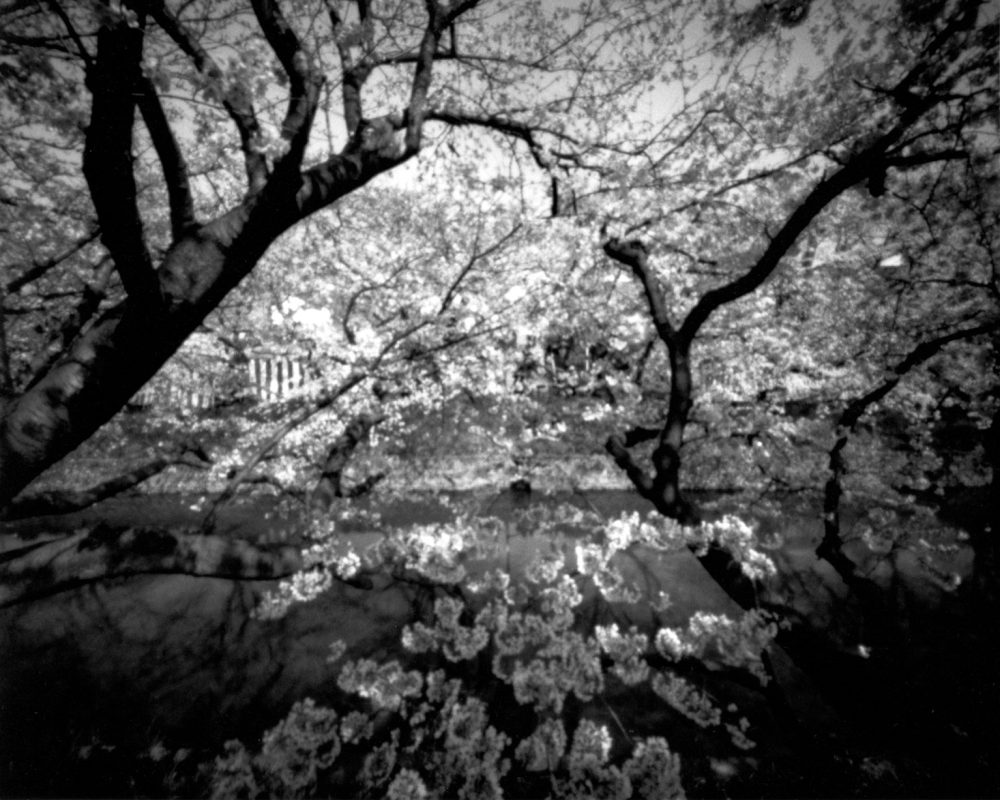
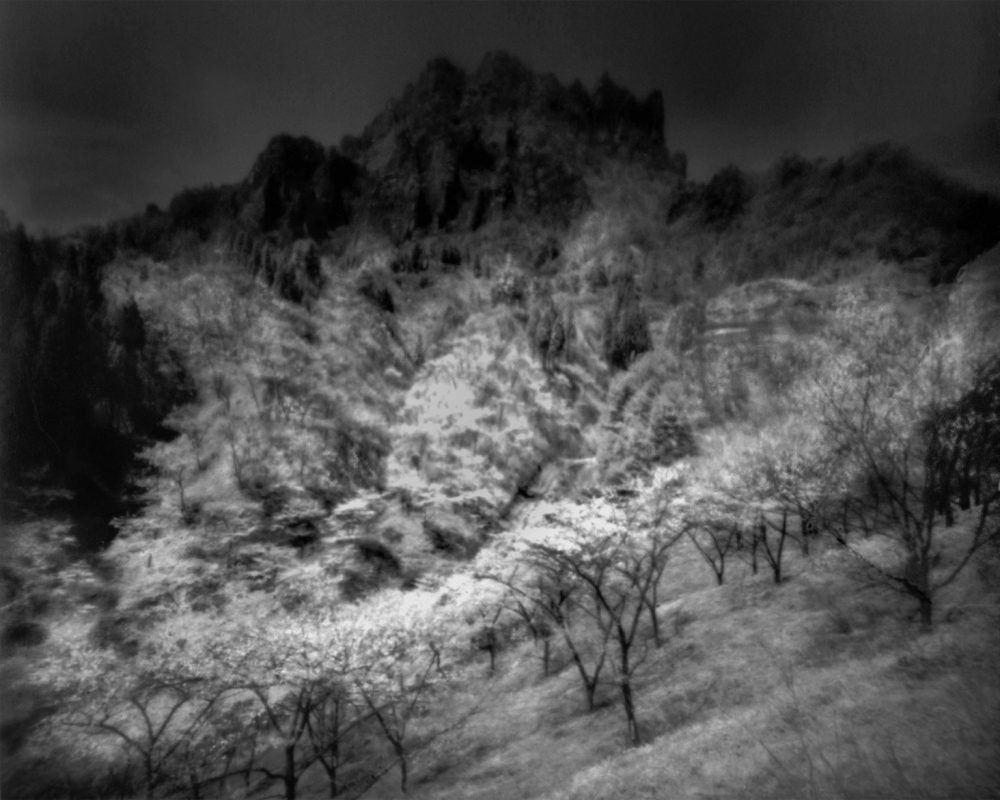
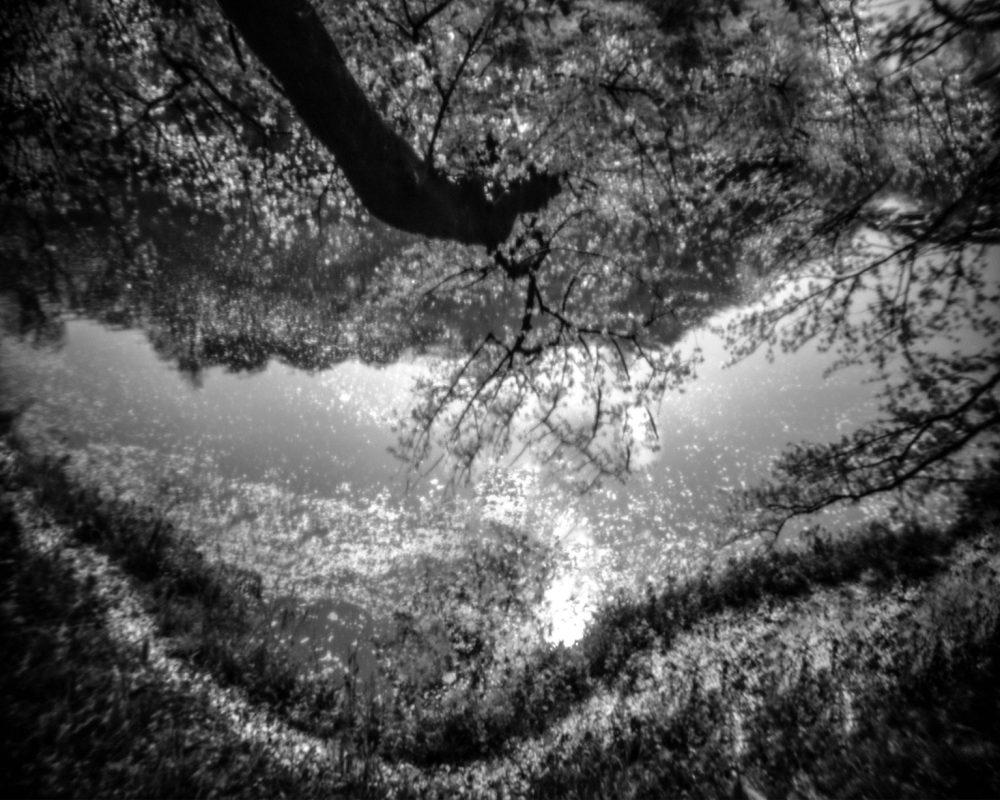
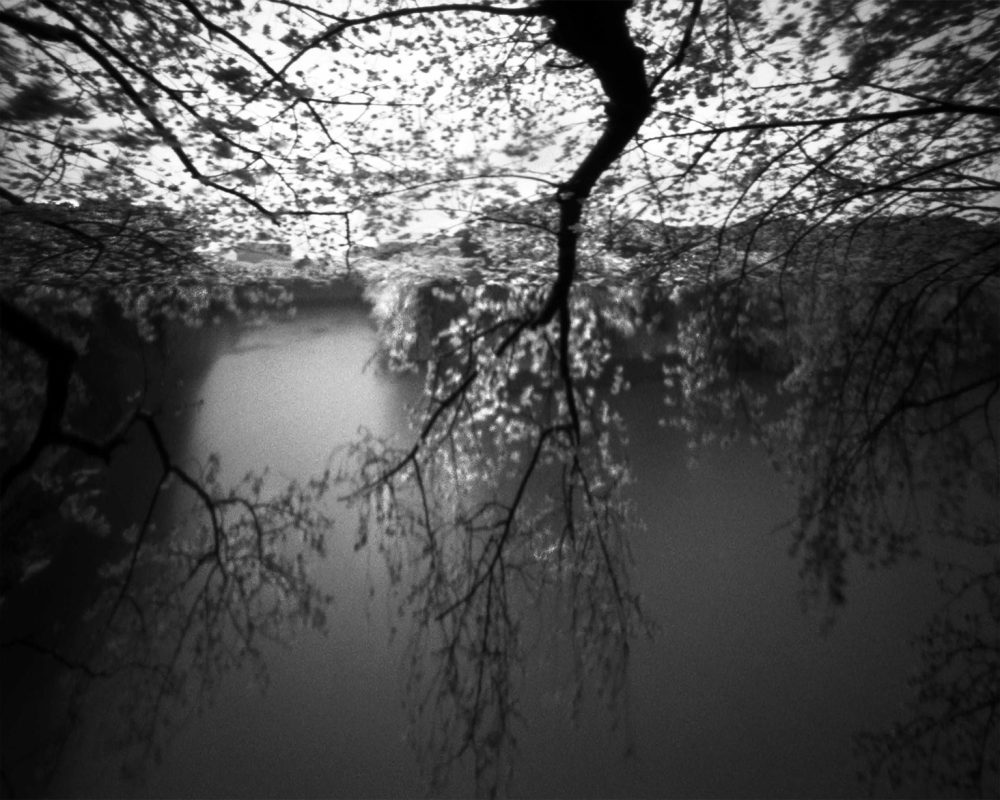
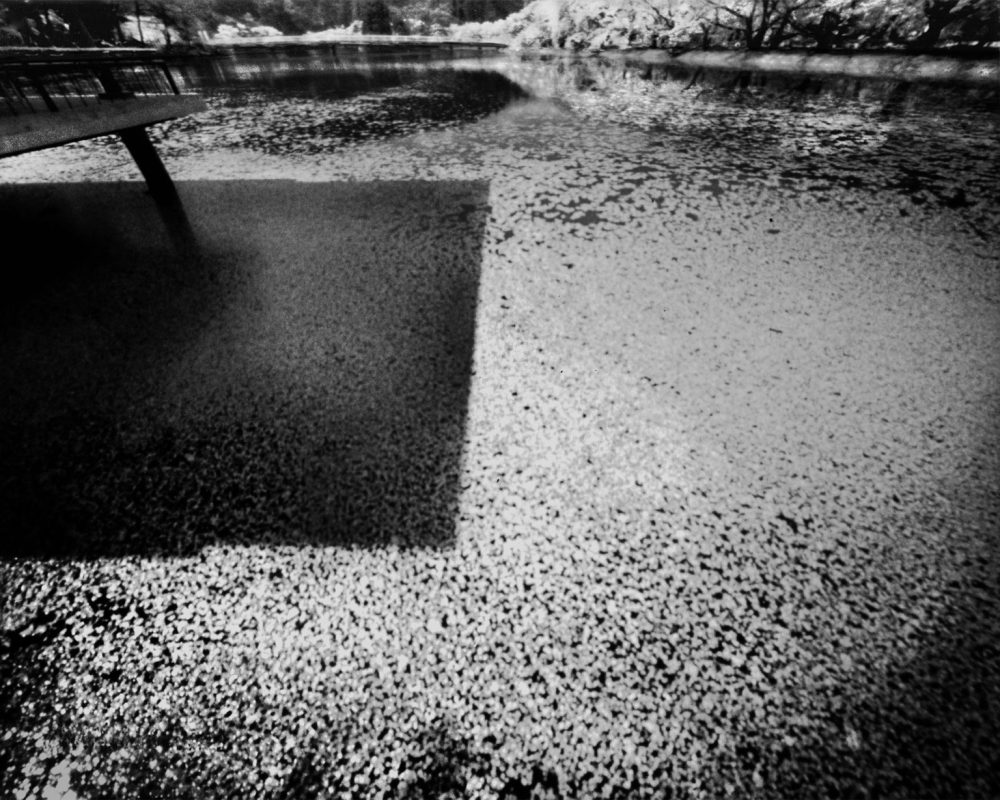
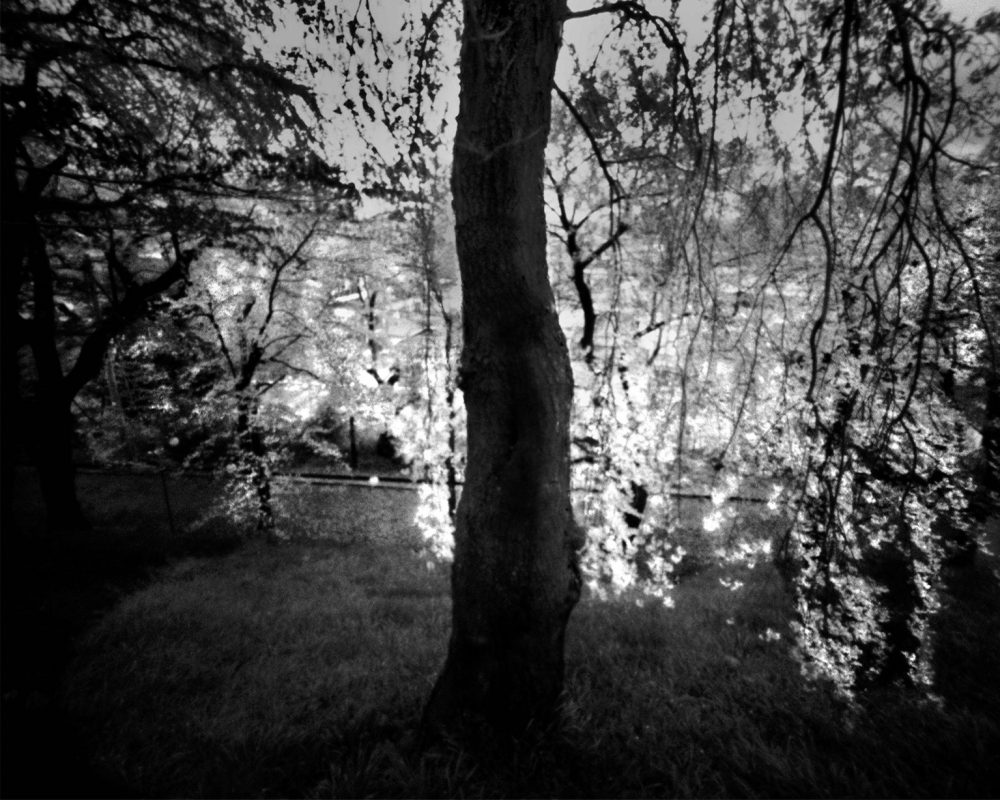
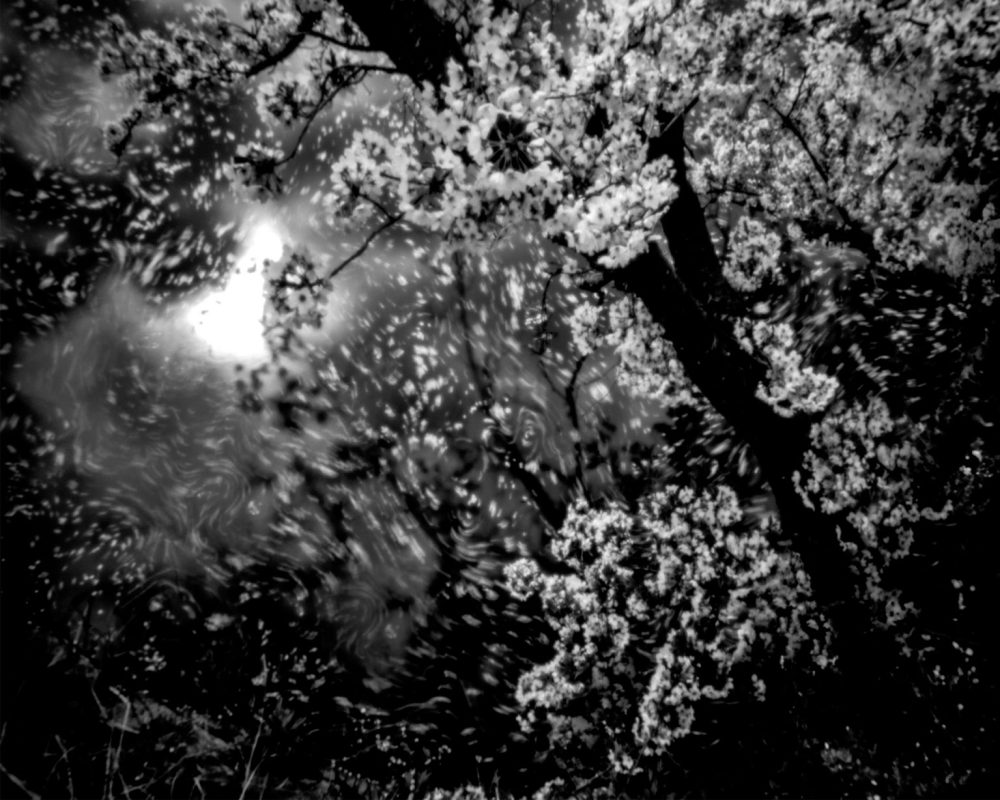
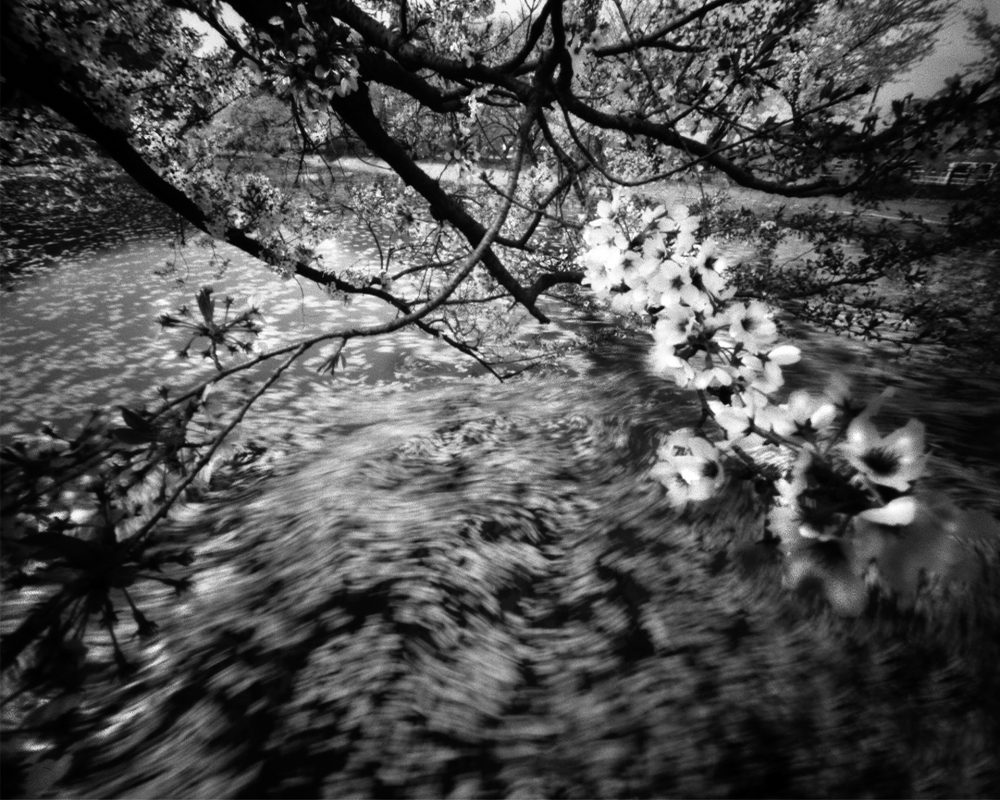
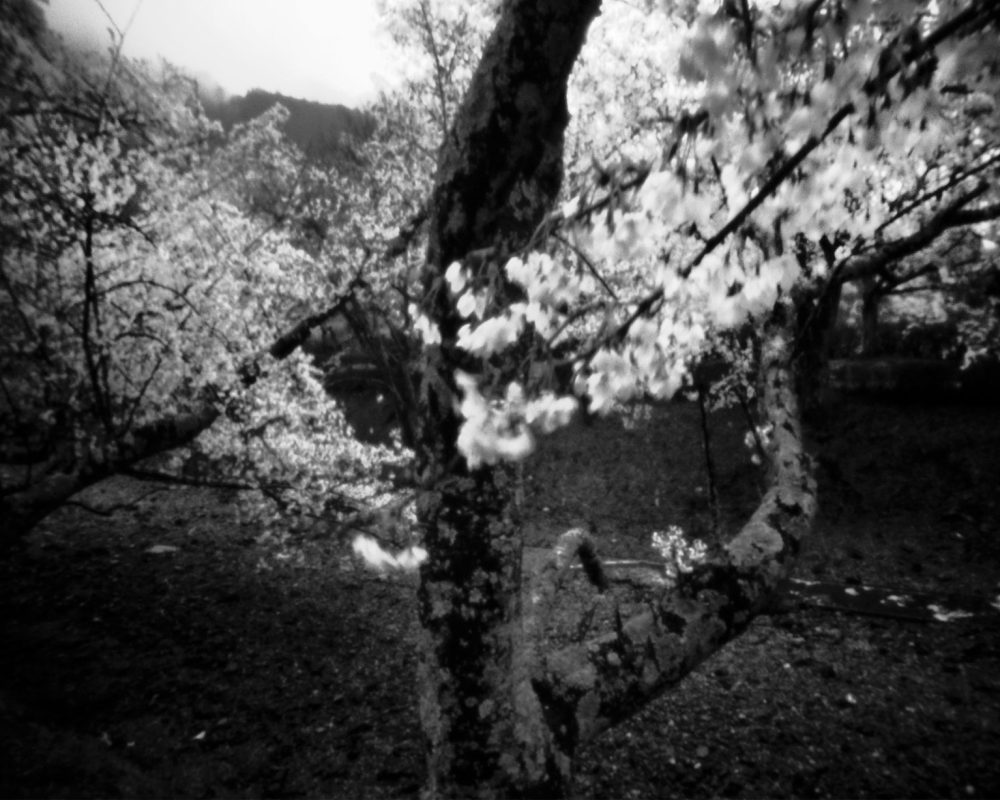
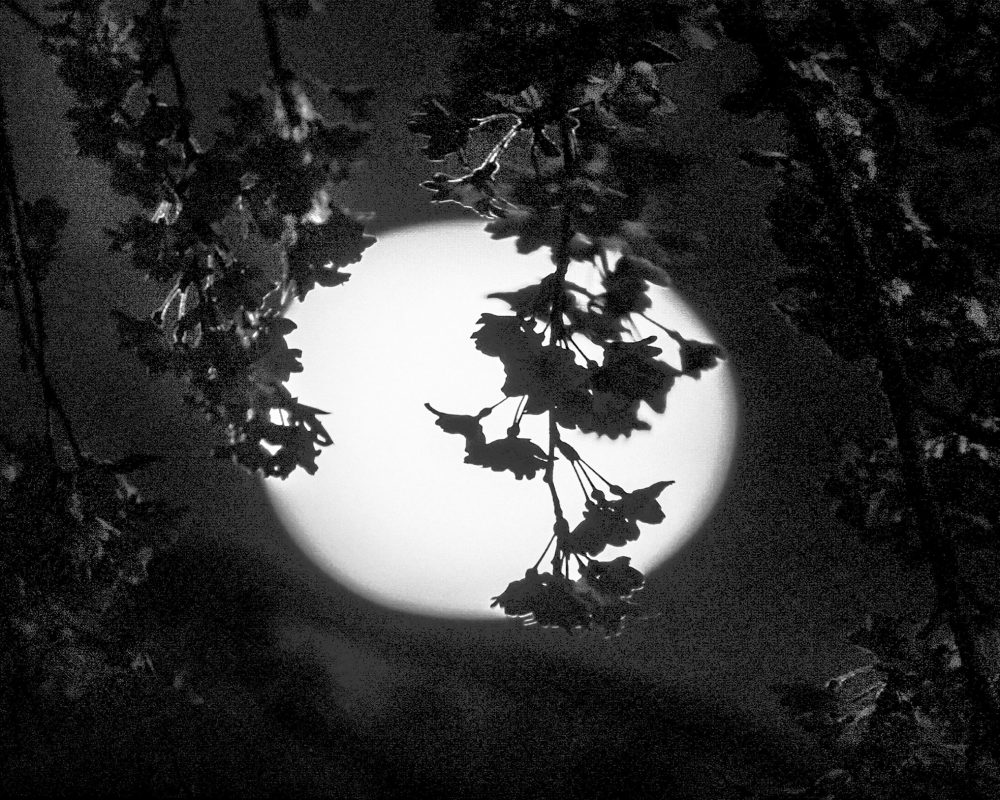
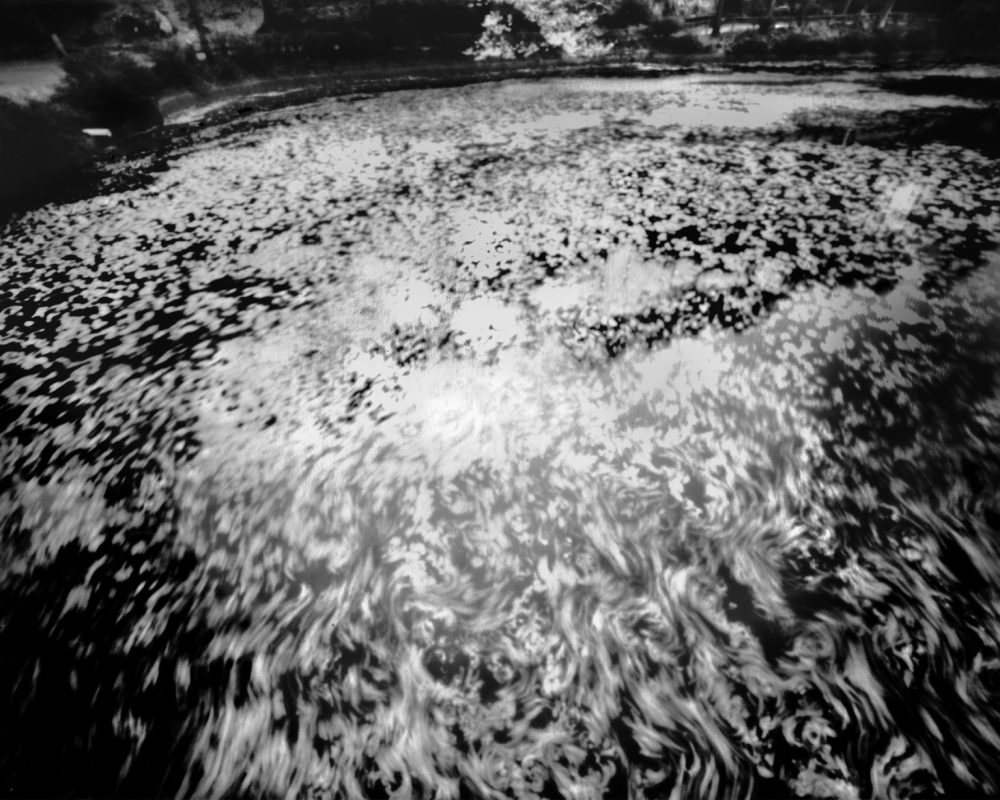
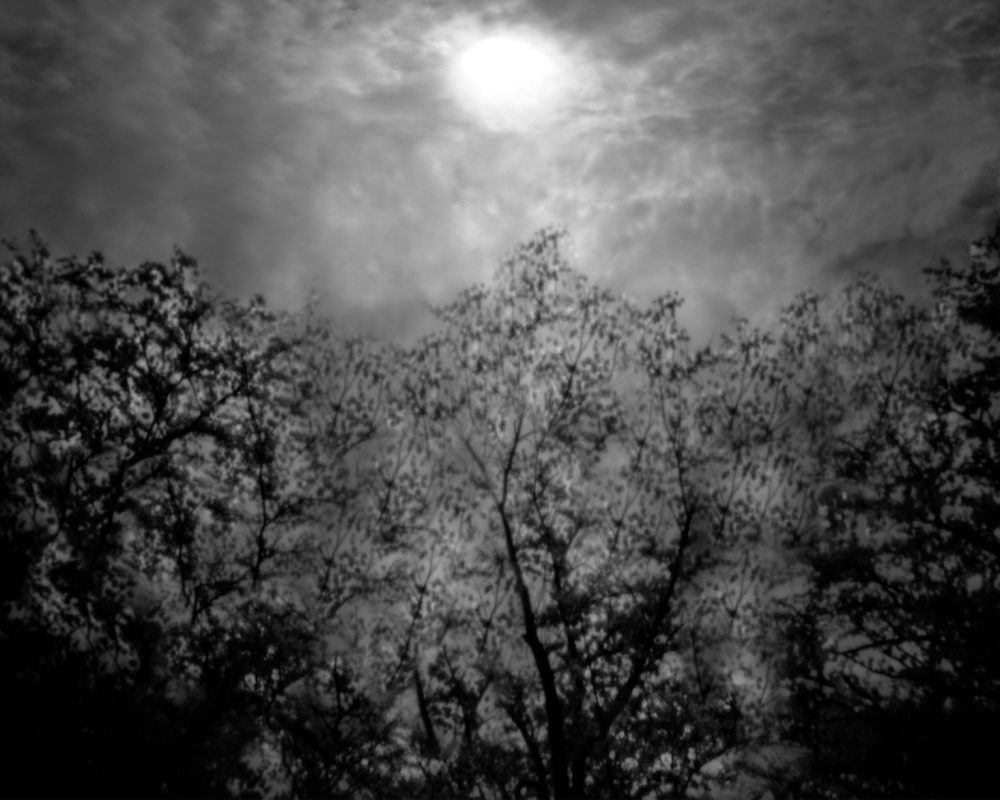
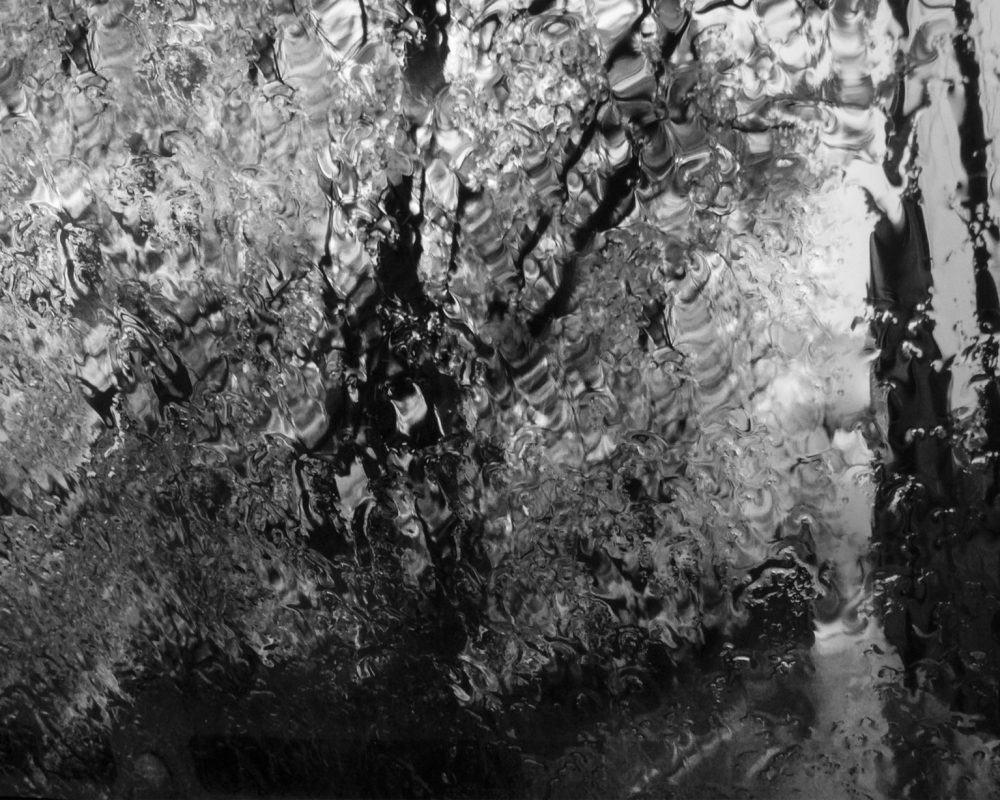
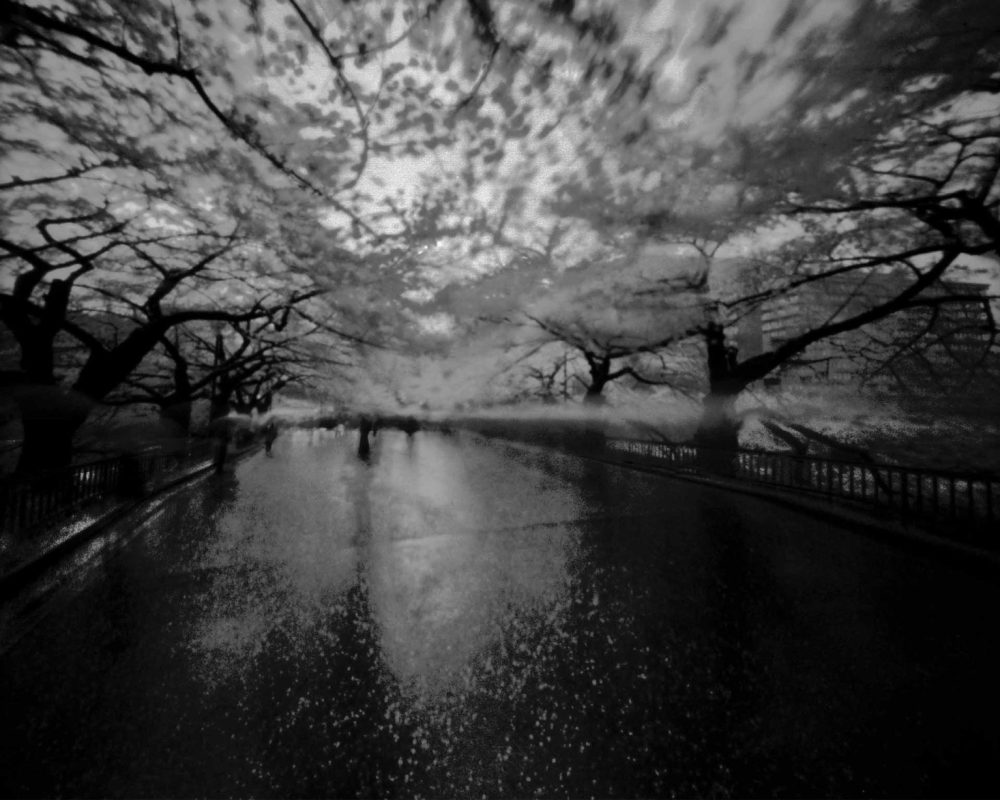
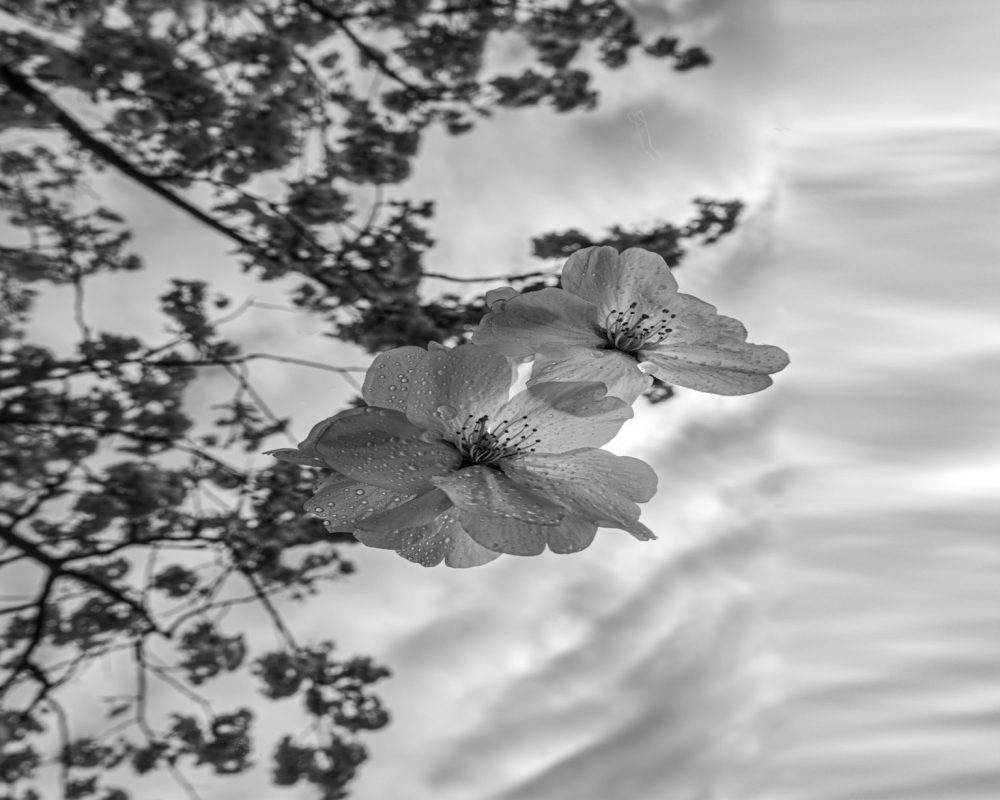
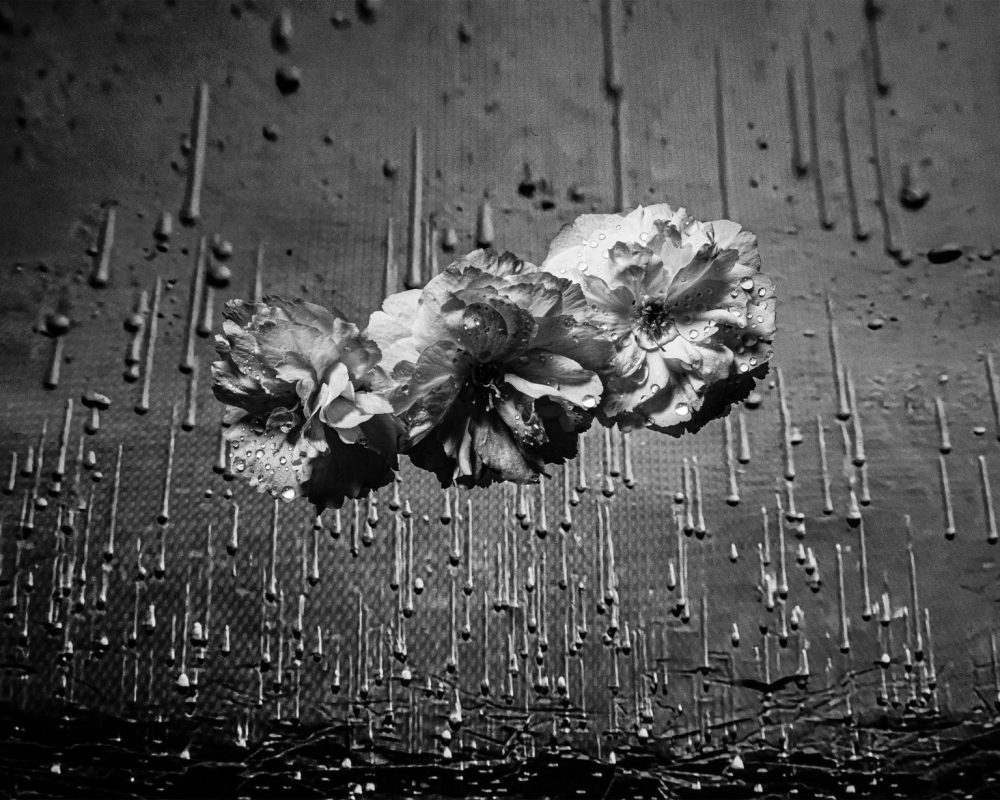
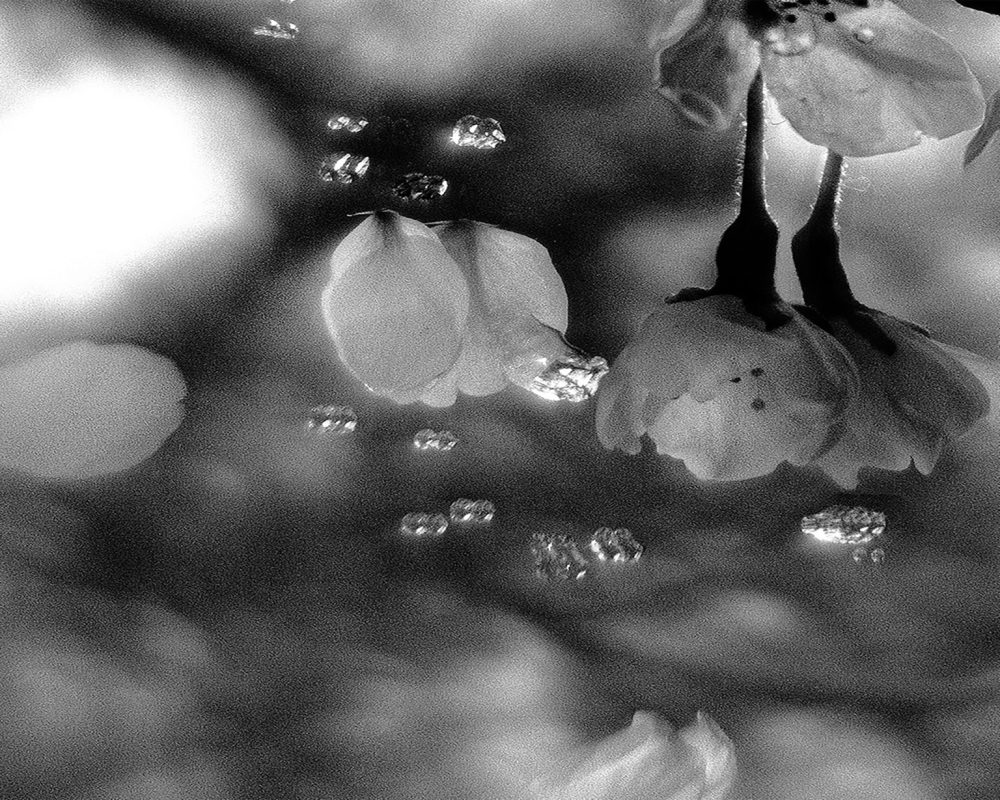
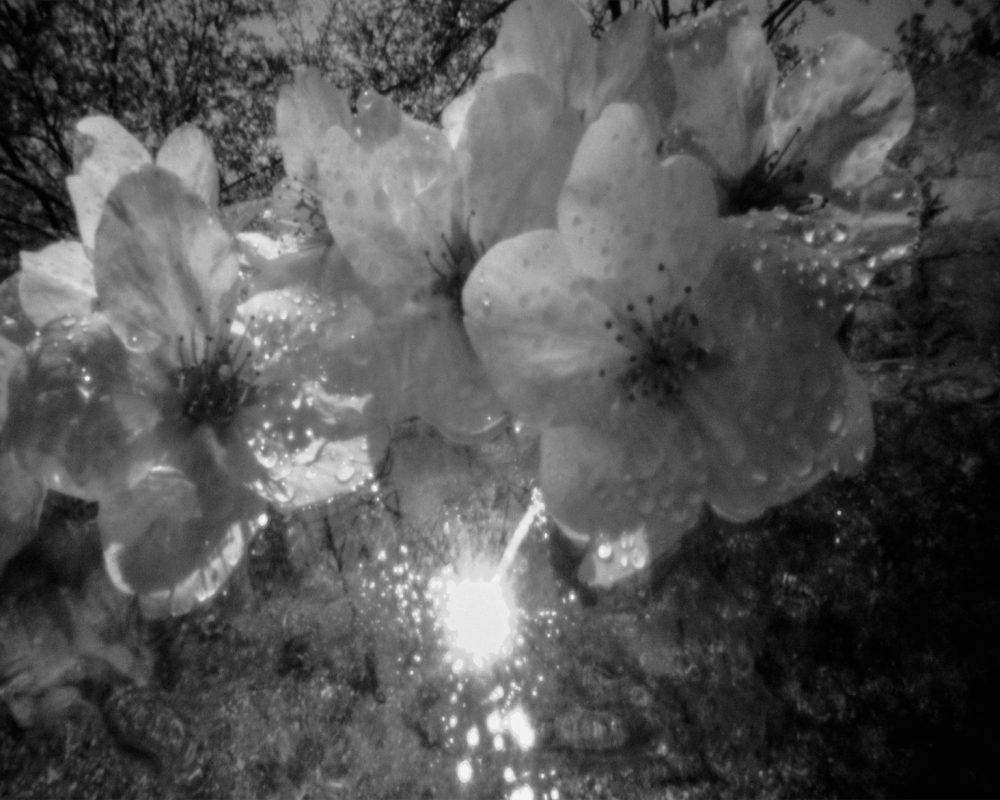
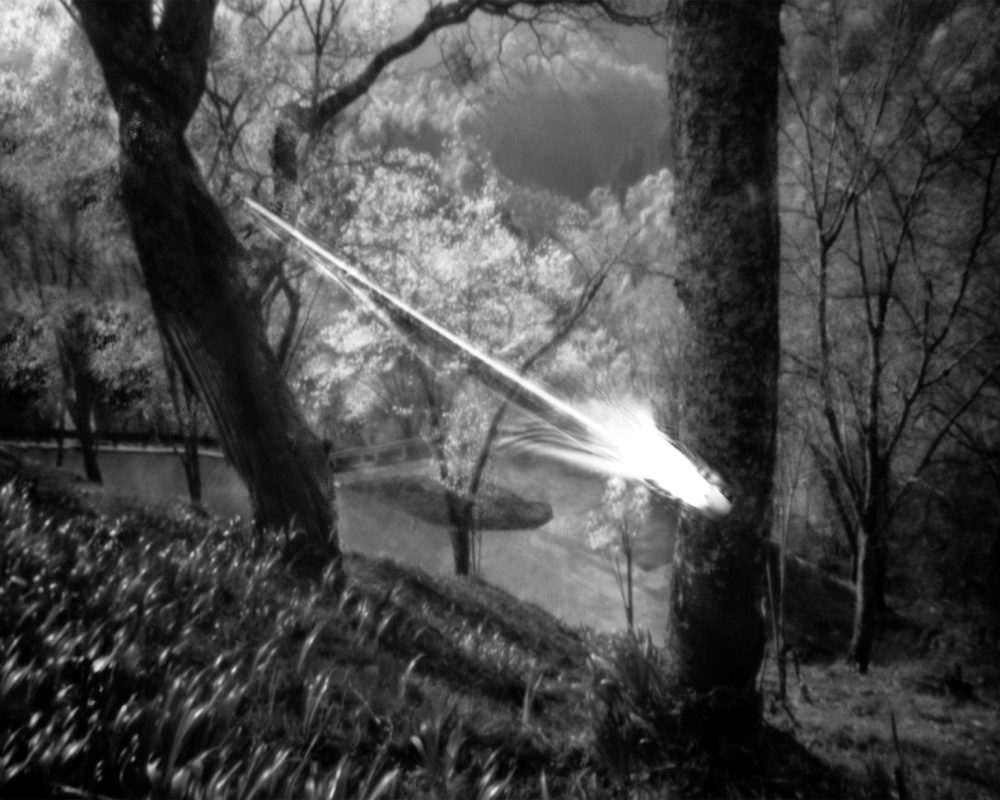
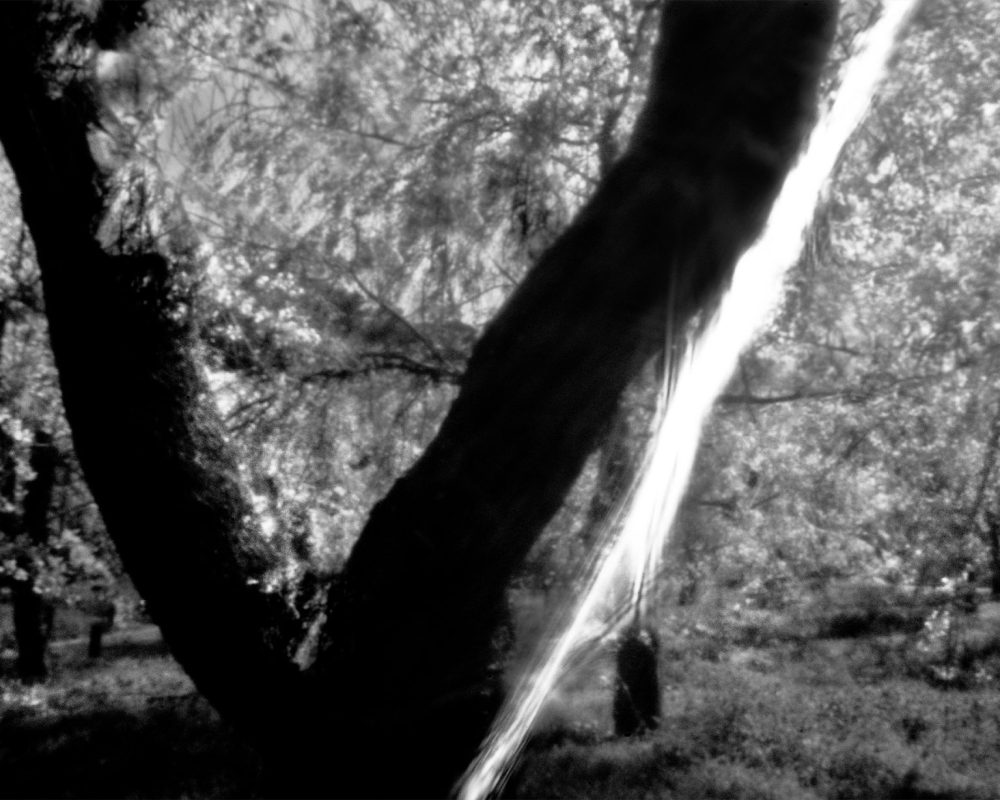
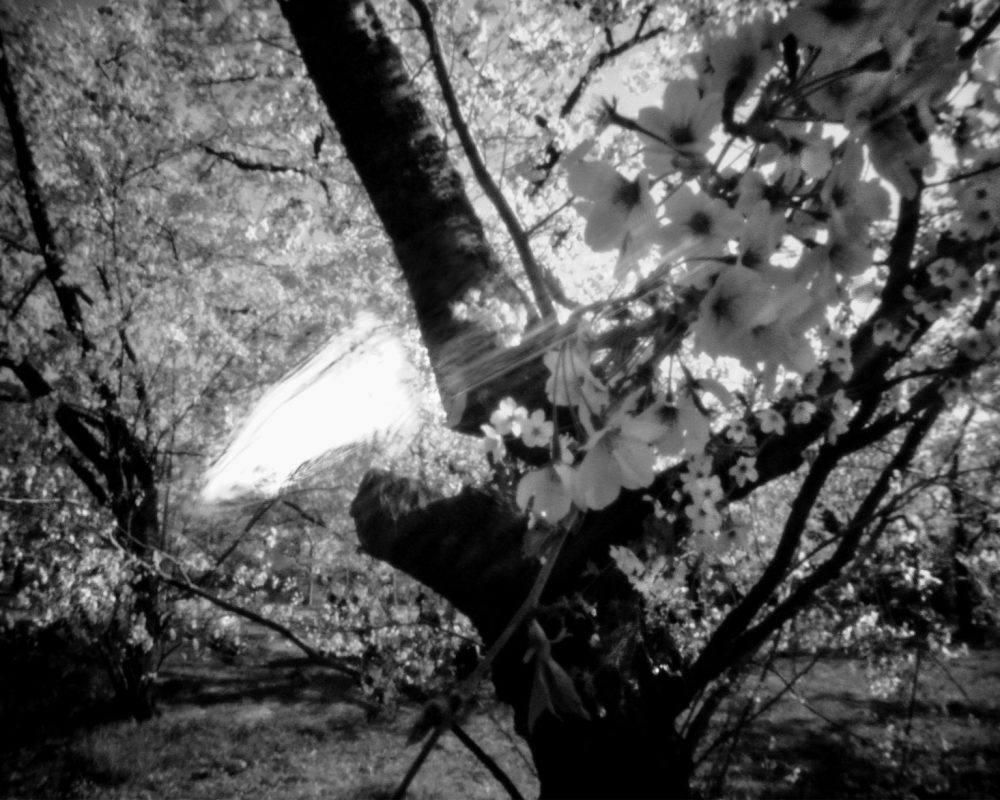
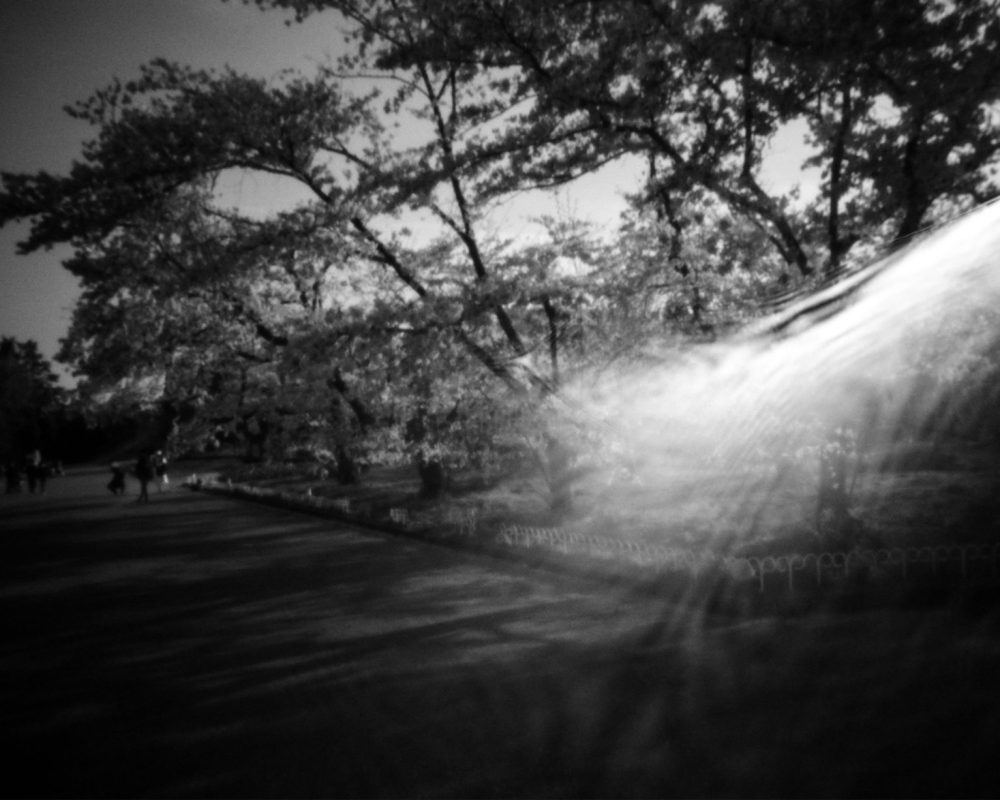
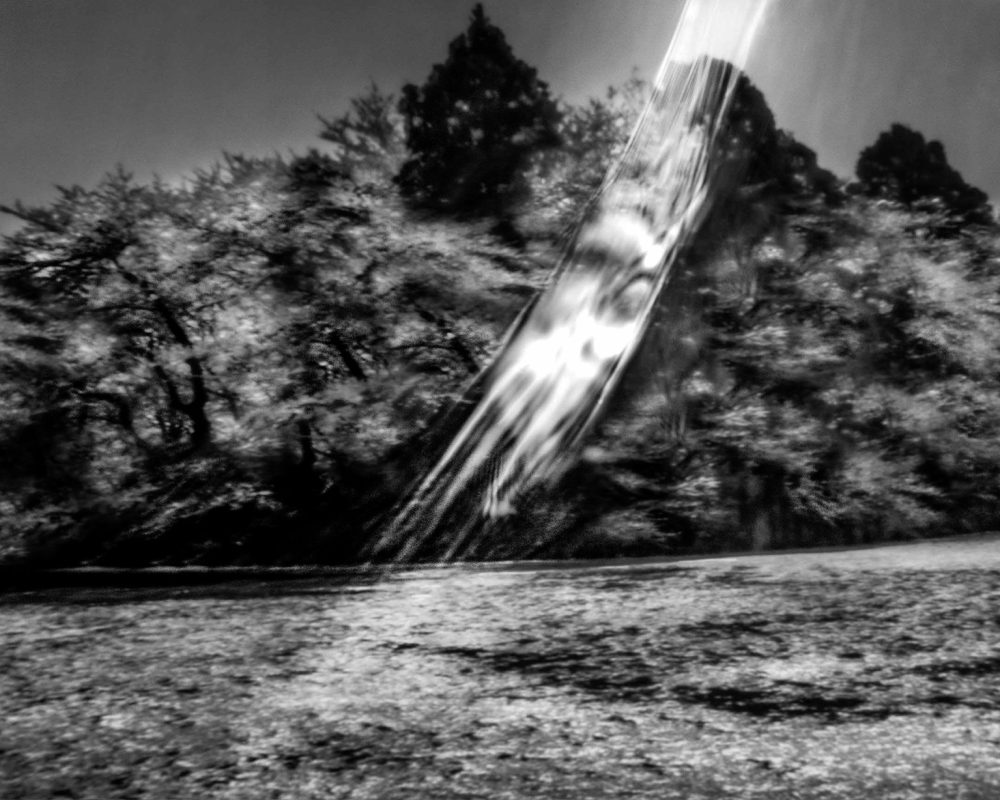
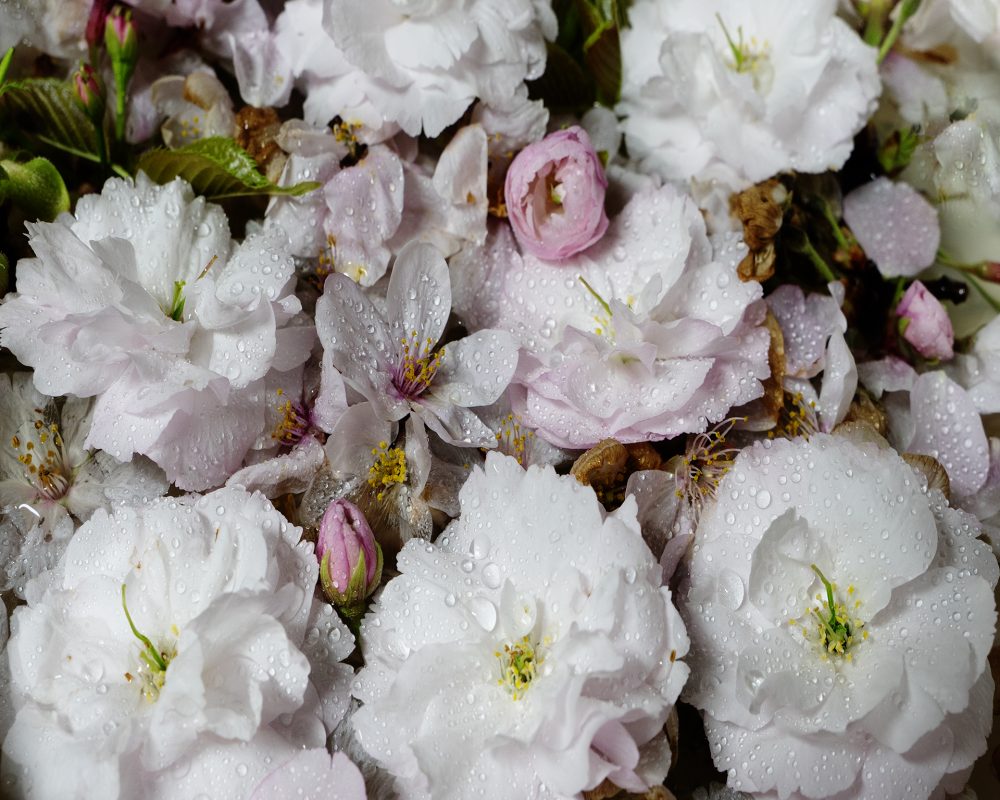
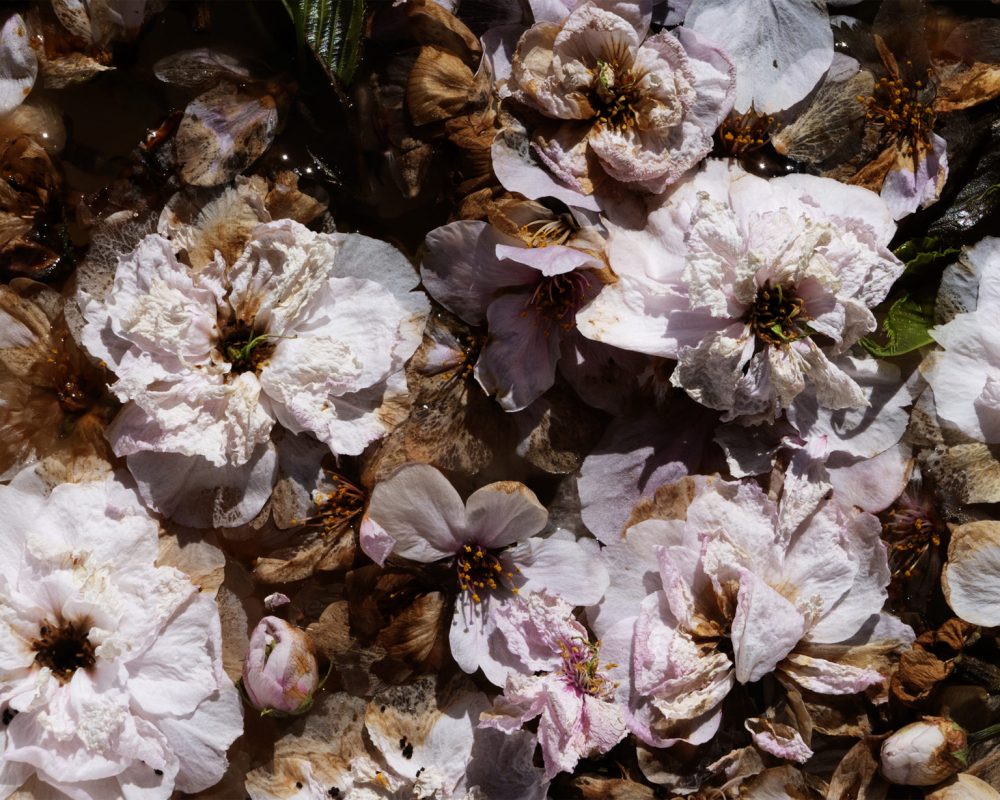
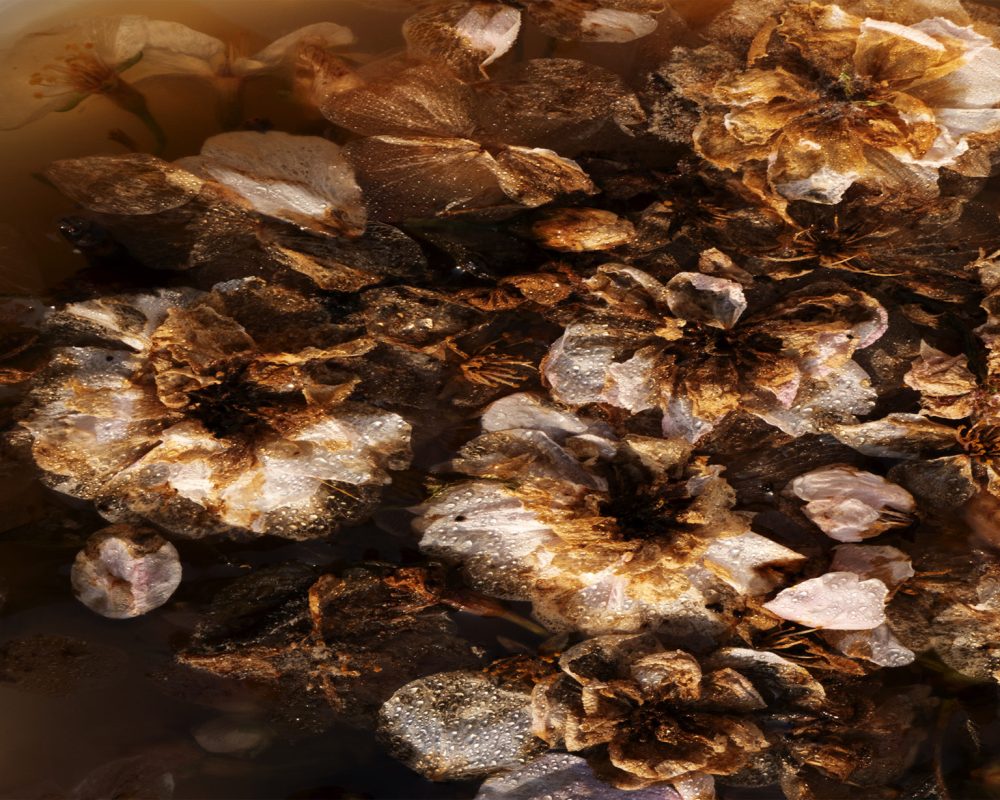
ARAMAS@ 'SAKURA -black room-
